In the beginning, there was San Francisco.
From the start, the smut capital of America did things differently. In the late 1960s, a small group of maverick filmmakers living there pushed back the barriers and pioneered the hardcore pornographic film industry.
A select few went even further and opened their own theaters to show their films, vertically integrating their business model to reduce their dependence on the old-school distribution model.
These trendsetters included Alex de Renzy and his Screening Room and Artie and Jim Mitchell and their O’Farrell Theatre. All had a clear vision of what they could achieve if they made films their way – and stood up to the authorities in the process. They were businessmen, aware of the potential financial benefits if they were successful.
But while the careers of de Renzy and the Mitchell brothers have been well documented, there was a third group of independent pornographers / exhibitors in San Francisco – and their vision was every bit as vital and important.
Lowell Pickett and Arlene Elster formed an unlikely alliance, but together they created a model based on a more pure and idealistic aesthetic: they wanted to spread sexual freedom as well as earn a living.
Their objective was to deliver a new wave of artistic and creative pornography. So they formed a production company – Leo Productions, and opened a theater – the Sutter Cinema, to deliver this dream.
The Rialto Report conducted the only interviews with Lowell Pickett and Arlene Elster in the last 40 years – and together they remembered the heady days of their partnership. It is a colorful story – incorporating wild characters, sexual adventurers, legal busts, and the wild west of XXX films. Their tale illustrates what hard-core cinema could have been if the films had been more allied to the aspirations of the sexual revolution.
Arlene Elster died in November 2022, a few months after Lowell Pickett passed away. In the early 1970s, their names were constantly splashed across the covers of San Francisco newspapers – where their activities were credited either with spearheading the liberalization of an era, or with instigating the moral degradation of America.
But in 2022, despite this new world of over-disclosure by media, both Arlene and Lowell’s passing went completely unnoticed. Arlene had been running a garden center in Sebastopol, CA, and Lowell had lived out a quiet retirement in an apartment in Cincinnati. Their existence as pioneers was long-forgotten by the world around them
This is their story.
(The above picture of Lowell Pickett is courtesy of James Fee).
_______________________________________________________________
1. Upbringing
Lowell Pickett:
I was born in Cincinnati in 1934. My father was a bookie for horse races, and my mother ran the family farm.
When I turned 18, I volunteered for the draft because I wanted to get the G.I. Bill. The Korean War was over at that time, and everything was winding down. I was stationed north of Chicago at a place called Fort Sheridan. I was a chaplain’s assistant. I got involved in theater in the Army, some improvisational pieces, and a production of ‘Stalag 17’. I also picked up still photography.
When I was 21 I got into the University of Chicago, and I went there for three years. I really wanted to be a writer and got accepted as an English major. I soon found out that studying English had nothing to do with writing, so I ended up driving a cab for a couple of years. It was a good idea: I was employed, and driving a cab had much more to do with writing than studying English.
This was the 1950s and dating was tough. We didn’t actually get around to fucking, but we did a lot of oral sex, that kind of thing. I was involved with a girl who was a painter. She wouldn’t go all the way, but she would experiment. I ended up getting married to her but it only lasted for a short time.
She got me interested in painting. I started painting with oils. It wasn’t fine art; it was more abstract and figurative expressionism. That’s how I ended up at the Art Institute in San Francisco.
Arlene Elster:
I was born in 1941 in Port Arthur, TX. As a teenager I was best friends with Janis Joplin. We were in high school together. It was such a different time then. We were so naïve compared with all that came after. This was really the 1950s.
Janis and I saw ourselves as outcasts. We weren’t friends with the mainstream gals that won homecoming queen and things like that. Anyway, I went on and became pretty straight; I went to the University of Texas and graduated with a medical technician license. Then after a bad relationship, I moved to San Francisco.
*
2. San Francisco
Lowell Pickett:
I studied at the Art Institute in San Francisco for a couple of years and became somewhat of a painter and a photographer. I also ended up becoming head of Buildings and Grounds there. I didn’t do much of the grounds keeping work myself. I ran the work crew; I had a staff of about 20 kids, mostly students that worked part-time. They did the actual cleaning and maintenance.
I left the Art Institute in 1963 when the faculty found out I’d taken pictures of a couple fucking in the school library. So we parted ways.
I think my first interest in depictions of sex may have come from my grandmother. She had a copy of ‘Lady Chatterley’s Lover’. She also had nudist magazines around; I do remember those very vividly. All the pubic areas were brushed out. She used to receive the magazines in the mail concealed in plain brown wrappers. I think that might have piqued my early interest.
I ended up doing a lot of nude photography. I was sort of surprised at the number of girls who were willing to pose for the pictures. But then I read a book called ‘The Dud Avocado’ in which a character says, “There isn’t a girl in the world who won’t take off her clothes if she thinks it’s for the sake of art.” That stuck in my mind. After that I just asked girls I met socially if they wanted to pose saying that they were nude art portraits, and most agreed straight away.
The very first photos, like the ones I took at the Art Institute library, I kept for myself. But later I started selling them to some of the bookstores in San Francisco.
Arlene Elster:
When I got to San Francisco I got a regular straight job doing laboratory work in a research facility. I also did some volunteer work at the Haight Ashbury Free Clinic.
The Haight Ashbury Free Medical Clinic opened in June 1967 as a response to the medical needs of thousands of young people who descended upon San Francisco during the Summer of Love. The Clinic still operates in San Francisco today and continues to serve those without adequate health insurance.
Lowell Pickett:
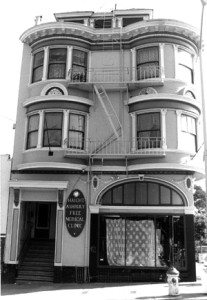 In 1967, a girl I knew fell sick so I took her to a place called Haight-Ashbury Free Medical Clinic that had just opened.
In 1967, a girl I knew fell sick so I took her to a place called Haight-Ashbury Free Medical Clinic that had just opened.
It was utter chaos there so I volunteered to help out. I spent about a year working there as a fundraiser and organizing the administrative side. The clinic was run by a guy named Dr. David Smith.
Arlene was a volunteer there – and that’s where we first met. She had a medical degree. Not as a doctor, but as a laboratory worker. We went out for a beer. She said, “If I gave you a penny, would you take off your clothes?” I said, “An offer like that I can’t refuse.” I ended up spending the night at her place, and she got evicted a couple days later because of the amount of noise that we made. The neighbors must have been listening at the wall.
Arlene had been married before she came to California, and she was already engaged to someone else when I met her. Her boyfriend showed up one weekend while she was staying with me. That led to big problems between them. She kept talking about getting married to him. That was around the time the movie The Graduate was out – where Dustin Hoffman rescues the girl from her wedding so we joked about that.
She soon broke off the engagement and we moved in together not long after that. We had an open relationship.
Arlene Elster:
Lowell took me to Art Institute parties and it was interesting. I got to meet some compelling people there. He introduced me to cultural ideas that I hadn’t been aware of. He was really a catalyst in my life.
For a time we both continued working at the Haight Ashbury Medical Clinic. It was the height of the sexual revolution, and the clinic was such an important and interesting place to work.
It was a long way from my upbringing in Texas. I’d lost touch with almost everyone from back home. Except for Janis. Janis was now at the height of her fame – and she sometimes needed medical assistance so she came to the clinic because she knew me.
Lowell Pickett:
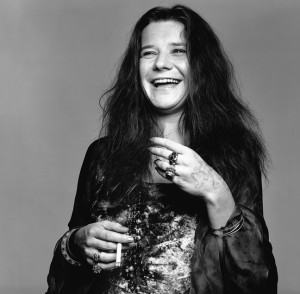 I got to know Janis Joplin because she came into the clinic a couple times. One time Janis came in for a pregnancy test. And then she wanted to get an abortion.
I got to know Janis Joplin because she came into the clinic a couple times. One time Janis came in for a pregnancy test. And then she wanted to get an abortion.
At the time, it wasn’t legal in California but I had a connection to a doctor who told me about a facility in Mexico, so I was able to help her out.
After a while I stopped working at the medical center. I’d started to get more involved in the sexual revolution and I wanted to participate more actively.
*
3. The Sexual Freedom League
Lowell Pickett:
When I first met Arlene, she was very shy. She got more assertive as she became more experienced in the world. We started going to the parties arranged by the Sexual Freedom League.
Jefferson Poland founded the Sexual Freedom League (SFL) (“a political group for sexual issues”) in New York City with Leo Koch in 1963. He then moved to the San Francisco Bay Area and focused his organizing efforts at the University of California, Berkeley. Poland founded various chapters, including ones in the East Bay, San Francisco, Berkeley and San Diego.
The SFL encouraged political activism using similar tactics to civil rights groups – leafleting, picketing, and civil disobedience. It also organized revolutionary nude parties, which were thinly disguised sex orgies.
Poland was skilled at obtaining publicity for his new movement. He legally changed his name to ‘Jefferson Fuck Poland’ to raise public awareness. He made national news in August 1965 with the ‘Nude Wade-In’ he led at Aquatic Park, a public beach in San Francisco. This event was reported in the San Francisco Chronicle and Time.
Lowell Pickett:
Jefferson Poland was a character. I thought he’d die young. I remember him pretty well.
Arlene Elster:
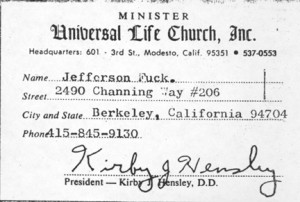 Jefferson Poland… he was the guy behind it all! I liked Jefferson. I haven’t seen him in forever, he moved to southern California I think.
Jefferson Poland… he was the guy behind it all! I liked Jefferson. I haven’t seen him in forever, he moved to southern California I think.
Through Lowell I met Margo Rila and Frank Esposito, who were also prominent in the Sexual Freedom League. I was suddenly associating with those guys, and it was a big change for a girl from Port Arthur.
The Sexual Freedom League was liberating. It had a big effect on me. Lowell and I got involved in the party scene that the Sexual Freedom League organized.
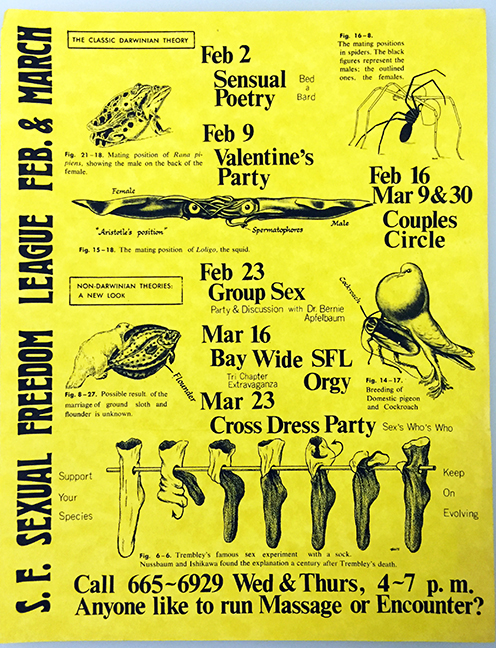 Sexual Freedom League flyer (c.1970) for upcoming parties
Sexual Freedom League flyer (c.1970) for upcoming parties
Lowell Pickett:
These parties were very influential in terms of changing the way that we, and others, thought about sex. The problem was that the SFL parties were strict. For example they didn’t permit alcohol. That was one of the reasons we started organizing our own parties, which were much better.
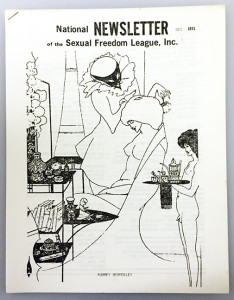 I had a Victorian house in San Francisco, not gigantic or anything, but we ended up having free-form parties and orgies there that people found interesting. We did things differently. I had all these costumes and pieces of fabrics. When people came in, they were sent away to change into costumes. At SFL parties, everybody waited around to see who was going to be the first one to take off their clothes, so my idea was to get them out of their own clothes straight away. They would change into anything from a piece of ribbon to a bed sheet. No one had ever done anything like that before. Everyone was completely blown away by it.
I had a Victorian house in San Francisco, not gigantic or anything, but we ended up having free-form parties and orgies there that people found interesting. We did things differently. I had all these costumes and pieces of fabrics. When people came in, they were sent away to change into costumes. At SFL parties, everybody waited around to see who was going to be the first one to take off their clothes, so my idea was to get them out of their own clothes straight away. They would change into anything from a piece of ribbon to a bed sheet. No one had ever done anything like that before. Everyone was completely blown away by it.
We would generally hop in bed as soon as people got changed. At the more successful parties, I ended up having sex with six women. I thought that was doing pretty good in those days.
Another aspect that people loved about our orgies was the food we provided. The only mistake we made was an orgy we had once which had the theme ‘Moloch and his Harem’. I decided not to have any utensils around so everyone had to use their fingers… Nobody liked that, so I was left with about five gallons of yogurt.
We didn’t charge people to come to the parties but we might have taken small contributions, that kind of thing.
By November 1969, Jefferson Poland felt that the leadership of the Sexual Freedom League was becoming too “bourgeois”, so he founded the Psychedelic Venus Church (PVC), as an offshoot of the SFL. The Psychedelic Venus Church became the epicenter of some of the most radical and performative sexual experimentation of the era. Lowell and Arlene were both members.
The sacrament of the Psychedelic Venus Church was marijuana and at each meeting, after lighting up, a woman was chosen to be Venus. At the beginning of services, she was placed on an altar, candles were lit on each side of her, and her vulva was smeared with honey. Each of the males (and some women if so inclined) at the meeting licked the woman’s vulva in order to honor the goddess Venus. Then the orgy began in earnest. At one ‘ceremony’, sex radicals gathered in a warehouse in which a woman wearing nothing but a winged helmet was hoisted by crane into the air and then landed safely to have sex with multiple onlookers.
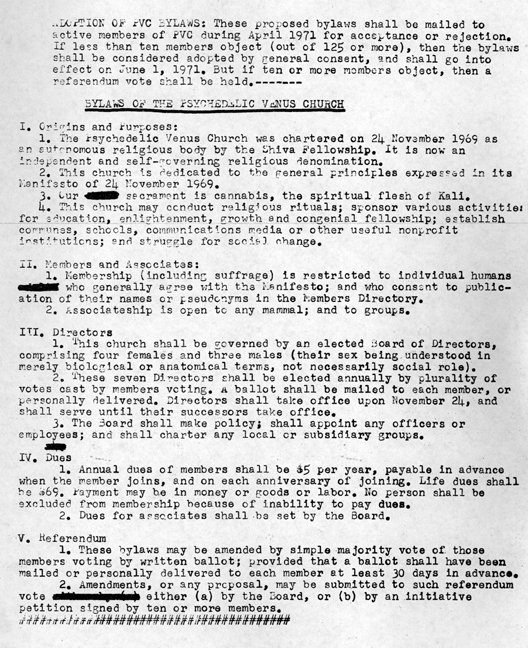 The by-laws of the Psychedelic Venus Church (1971)
The by-laws of the Psychedelic Venus Church (1971)
Arlene Elster:
The Psychedelic Venus Church was crazy, nutty fun. It was also innocent by today’s standards. All of the sexuality was totally innocent compared to what came later.
There were kind of the two factions of people. One faction created rules on how you do it… sort of “this is what you do and this is what you don’t do.” The other faction was uncontrolled in any way. I always subscribed to the first group, the consensual group. No drunkenness, no heavy business… no intoxication. At least no heavy intoxication.
Marijuana was our sacrament at the Psychedelic Venus Church. But it wasn’t let’s get drunk and stoned to the point of unconsciousness. It wasn’t like that. I was actually a reverend in the PVC… whatever that meant! We had get-togethers at my house, and I organized them.
Despite what it seems, I thought we were pretty straight people that were just part of the sexual revolution kind of a thing. Why not? This was healthy sex. What could be wrong with it and what’s unhealthy about it? In fact, it’s pretty healthy!
*
4. Loops
Lowell Pickett:
I’d been taking pictures of nude girls all this time, and then I started making sex loops. This would be in about 1967. The way that I got started was talking to the people at the Roxie on 16th Street, and they said they bought loops for $50 dollars. Unprocessed loops. I’d seen a few of them there so I said, “I can do as well as that.”
Arlene Elster:
Lowell asked to borrow $100 from me to make a loop film so I agreed, and he paid me back. A 16mm loop, 10 minutes, of a girl taking her clothes off. Sort of like a striptease but on film.
I was in my 20s and I thought, naively, this is what they’re just going to do forever. They’re never going to show hardcore sex. But eventually they showed the girls spreading their legs and showing their genitals… and then even more. I was shocked!
Arlene Elster:
Lowell sold the film in the can, by which I mean it was undeveloped. Forget editing, it was not even developed. Completely undeveloped. The loop plots were shot in sequence so they just had to take out the camera stops, the black frames, from when we stopped the camera.
So I started making these loop films with Lowell. We distributed them all ourselves… Lowell and I just went to these theaters where these people bought this stuff.
Lowell Pickett:
In the beginning, Arlene and I sold the loops to places like the Roxie and the Peerless. They insisted on buying the film unprocessed. That way, they knew there were no other copies.
Arlene and I made the loops together, and she ended up filming some of them. For example she ended up directing all the gay stuff we did. I met a couple of guys that were operating a male prostitution ring and they provided some male models, and Arlene developed story-lines for those.
Arlene Elster:
We also hired young filmmakers to make loops for us. We always said, “Think of the loops like a haiku. We need to show this or that, and then a depiction of a sex act. Other than that, you’ve got free range to do what you can do with the film.” That’s why it was really a fabulous, fabulous challenge for filmmakers.
And we got some pretty interesting films. I’m really sorry that I didn’t keep any copies. They were really fab. Creative. Fun. Amateur, totally amateur, but fun.
Lowell Pickett:
When we needed girls for the loops, there was a paper called the Berkeley Barb, an underground newspaper that we sometimes advertised in. But often Arlene would walk down the Haight in San Francisco and literally just ask girls on the street if they wanted to appear in a movie. Most girls agreed straight away. You have to imagine that the streets in those days were very busy. Most of the girls were only making a couple of dollars an hour working in a mall or some place. This was a much better deal. Most of them seemed to have no compunction about doing it.
At that point, we weren’t asking them to have sex in front of the camera – just spreading their legs and simulating something. In those days, everybody had pubic hair. Lots of it. I did get a number of the girls to shave, just because I thought it would be easier for the viewer to be able to see more of what they wanted to see.
Sometime Arlene and I used to appear in our films too. I did a couple of POV (point-of-view) films. I would operate the camera holding it up to my face and shooting down.
 Leo Productions advertising next to the Sexual Freedom League in the Berkeley Barb (1970)
Leo Productions advertising next to the Sexual Freedom League in the Berkeley Barb (1970)
Arlene Elster:
We’d had all the experience organizing the SFL and the PVC parties, the costumes, the themes, and so on. So it really wasn’t a big leap to make the loops.
There weren’t many others making these films at the time. Lowell knew this guy that did light shows for all the rock concerts. He was named Jerry Abrams. Jerry was making sex loops at the time. He was one of the first in San Francisco to start making them. I got to know Jerry although I never cared for him. I didn’t care for the way he filmed, and I didn’t care for any of his attitude. He would never have been a friend of mine.
Lowell Pickett:
It was great era. It was long before AIDS. Everything was just very free and casual. We were out just about every night, either at a party or bar.
*
5. The Birth of Leo Productions
Lowell Pickett:
After a while we decided to form our own production company, Leo Productions. I always thought that there should be great films that could be viewed by couples. Films that dealt with feelings and relationships, as well as sex.
I wanted to start making full-length films. I also wanted to be as financially independent as possible so I made sure I had my own equipment from the start. Two Arriflex cameras. We had our own editing equipment too. We shot on 16mm.
I didn’t like the way that the older generation of 35mm filmmakers mixed sex with violence. These guys were making some really nasty films, like ones set in a Nazi camp. I saw us as being a new generation. We were attracting young, sexually adventurous people to see our films, and we invited them to make films with us. It was all part of the sexual revolution. We hoped that our films would lead to a new art form.
Arlene Elster:
When Lowell and I formed Leo Productions, we used film students from San Francisco State University and other colleges. We wanted to appeal to an audience of adults, heterosexual adults. We felt we had a healthy attitude towards sex because we were in the Sexual Freedom League and all of this stuff. Right? Morally and ethically I’m thinking this is where it’s at. Copenhagen was happening and Amsterdam too at that time. And we were there at the heart of this new sexual movement. We were art house. We saw ourselves as erotic art for adults. That was our thing. We were different. And people could see that the films we made were different.
From The Sunday Oregonian, November 15th, 1970:
The models are young and attractive, even beautiful. The photography, while generally only functional, is technically good, as is the lighting. In films by two girl film makers, the imagery is downright beautiful. The films are still of uneven quality, but it is obvious that people with genuine talent are making erotic films, not for the basement but for the general public. One, a re-telling of the medieval Mattie Groves story, was filmed by a girl in dark colors, mostly red. The film, quite simply, was beautiful.
Arlene Elster (from The Sunday Oregonian, November 15th, 1970):
Three years ago we sold our films by the foot. Now we’re doing something very different.
Lowell Pickett:
Most of the films that Leo Productions made didn’t have any other financial backers. I came up with the money myself. Basically I’d make money from one movie and some of that money would go into the next movie.
I learned pretty quickly how to make sex films without risking too much money. For example we’d do the sex scenes first so we knew we had them in the can. Then we could do the story lines. This was important in case anybody had to be replaced.
You see – people would often disappear after you started making a film. I remember the police questioned us about the Weather Underground (the radical left-wing organization). Apparently the Weather Underground had been recommending that activists get work with us if they got into financial difficulties! It was easy cash for them and there was no need for documentation.
We tried to work with many different actors to keep the films fresh – but we found that some actors were more reliable than others. George McDonald was a good example. We could always trust him.
George McDonald (from his unpublished autobiography ‘A Pound of Flesh’ (1975)):
I’d heard good things about Leo Productions. They were part of the new long-haired, turned-on, sensualist film makers, as opposed to the dirty old man, carny types that had been flourishing in the Tenderloin.
I called them from a number in the back of the Barb. A secretary told me that I would have to come down for an interview, and gave me an address on Hayes Street. The address on Hayes turned out to be a Victorian house across the street from a concrete slab black housing project. The doorway was covered with a wrought iron steel gate. Next to the door was a lion head doorknocker and a sign saying PLEASE USE DOORKNOCKER. I stuck my arm through the gate. But, what they don’t tell you is that there’s a one hundred and twenty five pound black German shepherd that goes crazy at the sound of the knocker, and he’s hiding behind the partially opened front door.
I gave a few raps on the knocker and the next instant… whoom… this monster wolf was pouncing on my arm. You don’t have much time to pull out, especially with my slow reflexes. I finally pulled my arm free as two guys came rushing out and pulled the dog off.
Arlene Elster:
The personal relationship that Lowell and I had was short lived. I lived with him for maybe a year. When we started out I found him to be an interesting, cultural person but then he became less so. He introduced me to art film, these things, but after a while I realized that wasn’t really him. He preferred the sexual side of things.
Lowell Pickett:
I was motivated by the money – but also the sexual freedom and the excitement. I thought the films could be improved so I was interested in doing that too. Our loops had a little more story than the others. I thought that if the girls were really getting off, the excitement would come across on the film. I always thought there was a great future in films for couples to be able to watch sex films together in their bedroom. It turns out this idea was too far ahead of its time.
*
6. Arlene Elster and The Sutter Cinema
Arlene Elster:
I knew this guy called Bruce Davis through distributing our loops. He had H & B Adult Bookstore in San Francisco. He developed some problems; he did pills, and he was wanted for tax evasion, so he disappeared off to Hawaii. Before he left he had taken a lease on a theater. The location had formerly been a nightclub called The Forbidden City.
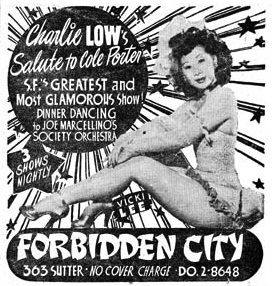 The Forbidden City was a Chinese nightclub and cabaret in business from the late 1930s to the late 1950s, on the second floor of 363 Sutter Street (the former space is now renumbered 369 Sutter Street) between Chinatown and Union Square.
The Forbidden City was a Chinese nightclub and cabaret in business from the late 1930s to the late 1950s, on the second floor of 363 Sutter Street (the former space is now renumbered 369 Sutter Street) between Chinatown and Union Square.
It featured Asian American singers, dancers, chorus lines, magicians, strippers, and musicians. It was popular with military personnel who were transiting through San Francisco during World War II.
Arlene Elster:
The Forbidden City was an upstairs location. There was a stage for can-can dancers and big round tables. It was a pretty upscale place. Lots of well known people had frequented the club over the years. I have pictures of Ronald Reagan there for example. At some point there was a fire and it was closed.
Bruce Davis took it over and re-opened it as a burlesque theater, with striptease dancers on stage. This was in the early to mid 1960s I guess. There were a few theaters of that kind at the time… like the Roxy, the Victoria and then later there was de Renzy’s theater. After a while Bruce started showing film, loops, of strippers. Single girls taking off their clothes looking sexy at the camera. Lowell and I sold them our loops to show.
Lowell Pickett:
As we were deciding to make these new type of films, Arlene and I wanted a new type of theater to show them. A couple’s theater.
Arlene Elster:
Lowell and I thought it would be good to take over the lease of Bruce’s theater and to turn it into a cinema where we could show Leo Productions films. So we did. We called it the Sutter Cinema.
The Sutter Cinema opened in May 1970 with a self-avowed mission to show quality pornographic movies. Or as Arlene put it, “films that consisted of more than a penis going into a vagina”. It charged $5 per person, but only $7 for man-woman couple. Servicemen in uniform and those over 65 were admitted for $3.
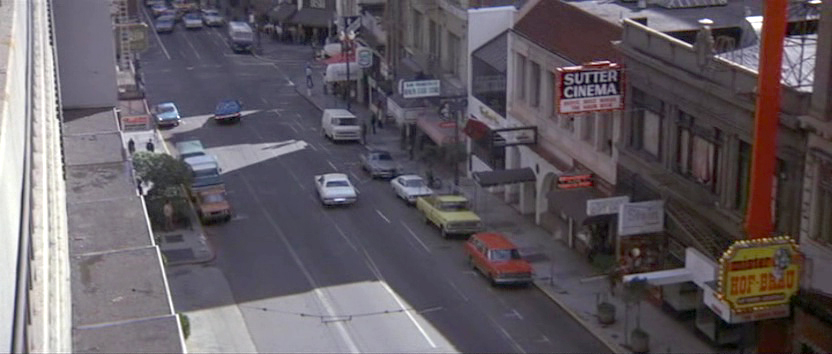 A still from ‘Freebie and the Bean’ (1974) showing the Sutter Cinema
A still from ‘Freebie and the Bean’ (1974) showing the Sutter Cinema
From ‘Sex Films in San Francisco Reach Plateau of Legitimacy’, Los Angeles Times, October 30, 1970:
(The Sutter Cinema) is located in an almost fashionable part of the city, as opposed to the stale sweat and down-and-out-on-the-Bowery sleaziness of similar houses in other cities. A pleasant woman called Arlene Elster, a veteran director of erotica, sells tickets, makes small talk and in general replaces the air of embarrassment that usually hangs over these places with a feeling of downright hominess.
From ‘The Porn Capital of America’, New York Times, January 3, 1971:
(Sutter Cinema) is clean and thickly carpeted, with handsome erotic drawings mounted on its gold-painted walls and a large tank of tropical fish in the lobby; free coffee and doughnuts are dispensed during viewing hours from 8am to midnight.
Arlene Elster (in The Sunday Oregonian, November 15th, 1970):
We are trying to create as dignified an image as we can. We feel that there is nothing wrong with watching sex films. We don’t feel there should be any shame attached to it. But we also realize that we are in a minority with this opinion. This is one of the reasons our ads are understated. We want to be totally honest but we don’t want to push anything at anyone.
We have no pictures outside the theater, for example. You have to know what we’re showing before you even come up the stairs. And at the top, before you go in, there is a sign warning you that our films show explicit sexual relations. There’s no way to put it without making it sound like a come-on but we are being honest. I’m not trying to offend anyone, I don’t want anyone to be upset or disturbed.
We’re offering a specific type of film for people who want it, and we hope others will stay away.
Arlene Elster:
We appealed to a different audience than the other theaters. We really tried hard to focus on sensual, respectful sex films for discerning people, for couples, for the curious and adventurous. We offered a reduced rate for couples. We also had grand openings for new films.
As Arlene started to become more involved with the running of the cinema, tensions increased in her relationship with Lowell, which eventually came to a head.
Arlene Elster:
At some point I got disgusted about not having any control over the films that were being made. I did not like that at all. That annoyed me. Some of the films that were coming out from Leo Productions were disgusting to me. So I formed a coup.
We had incorporated Leo Productions so I got the other people on the board together and I said, “Lowell: You take all the film and I’ll take all the theater, and we’ll see you later.” See ya later alligator.
So Lowell continued to make films – which the Sutter Cinema showed.
From the start the Sutter Cinema was different from other adult film theaters. This was because Arlene was different from other adult film operators in San Francisco – such as the Mitchell Brothers and Alex de Renzy. She wanted to run a commercially viable operation but she was also strongly sex-positive – long before the term had been coined.
Arlene Elster:
I was a business woman and I wanted to earn a living my way. But I also saw the opportunity to share the ideas of the Sexual Freedom League. I remember saying that the times in which we lived not only allowed but required films like ours.
I only showed films that fit the criteria I was looking for. For example it was important to show that women possessed sexual desires just like men. Female orgasms need to be shown just as much as male orgasms.
I was at the cinema every day. I was very hands-on. That was important to me. I hired, I fired. I had a bookkeeper that did the payroll. I had an assistant. I dealt with the lawyer – which become a full time job in itself when the busts started.
I was also in charge of getting ads into the newspapers. We had graphic artists create the posters and ads, but I was always involved. I would sometimes sketch out the artwork and then give it to the graphic artist and say, “Will you do this?” I’ve still got a scrapbook of the ads that were in the newspaper because those were so fabulous.
Our advertising campaigns reflected our different approach. The Chronicle newspaper took our ads. One of them said “Bring your loved one, we’d like to turn you on.” We even featured Elizabeth Barrett Browning poetry in the ad text.
Lowell Pickett:
At the time there was a strong crossover with the underground filmmakers and the counter-cultural comic artists in San Francisco – people like Robert Crumb, Roger Brand and Roger May. They were interested in our work, and we liked what they were doing so it was natural that we would be drawn to work together.
Arlene Elster:
We got these comic artists to draw ads for us that we could use in newspapers, magazines, flyers – all to entice people to come to the cinema by demonstrating that we were different from other porno houses. I was proud of that artwork. It captured the times and what we were trying to achieve.
Lowell Pickett:
The cinema definitely was different from the other porno houses in town. Arlene had a different clientele altogether. In fact there were a number of girls that were in the films that brought their mothers or family members to see them when we were showing them at the Sutter Cinema.
The Sutter Cinema proved to be a success – and particularly popular with Japanese visitors. In 1964 the Japanese government had lifted travel restrictions and from the early 1970s, Japanese tourists and investors arrived in San Francisco in large numbers. They preferred to frequent more discreet, up-market theaters and therefore found the Sutter – with its promise of “the best in pornographic entertainment” and “the most comfortable seats” – particularly attractive.
Arlene Elster:
Artie and Jim Mitchell opened their O’Farrell Theater around the same time as my theater… was it before or after? I can’t remember who opened their theater first. I knew the Mitchell Brothers. I went to see them in their theater and went up to their office at times. But I never hung out with them. I didn’t do the drugs they were doing. We weren’t friendly in that kind of a way. We were just doing our own things more or less parallel but not together.
The problem was that Artie and Jim Mitchell started showing better quality films and they also started showing hardcore as well. They showed the sex more graphically.
So what did we have to do the next week? We had to follow. We had to. It wasn’t something I wanted to do but there it was. I didn’t care for that. At the Sutter there was never any weird sex in the films. There was never any sadism, never anybody hurt, there was never any non-consensual sex. I wanted the films to be better than that.
Another group that I wasn’t happy with was that the lesbian community, the women’s community. They didn’t like me running the theater. They didn’t like that at all. This was not liberating to them. I definitely wasn’t part of the sisterhood.
Arlene also handled distribution of the Leo Production films in the early days – through Zephyr Distributing Company – a company she ran from the office at the Sutter Cinema.
Zephyr distributed Leo films by packaging them into individual ‘shows’ that contained over 90 minutes of entertainment. Each show contained a combination of feature-length and short films, and Arlene had a brochure that outlined the details for each one.
The Sutter Cinema largely stuck to its vision of showing more couple’s oriented films, and also exhibited gay porn films. Several significant adult films were premiered at the Sutter, as were other Leo productions.
One of the early Leo successes was the film ‘Straight Banana’.
*
7. ‘Straight Banana’ (1970)
Lowell Pickett:
Straight Banana was an early film. It was a 40 minute film if I remember. I produced it but didn’t direct it.
Straight Banana was written and directed by Ferd Eggan (using the name Ferd Ambidexter), a bisexual junkie, who’d been a civil rights worker in the South in the early 1960s. He was active in the Gay Liberation Front in Chicago before moving to San Francisco.
Lowell Pickett:
It was one of the first sex features with a real narrative, but I can’t remember much about the story. I know we used the plot for another film afterwards. We also used an underground comic artist to do a lot of the illustrations for the ads.
Despite Straight Banana having been termed a ‘missing film’ in current years, the Rialto Report has recently viewed a 70 minute version. Shot in Sausalito in 1969 and released in 1970, it is subtitled ‘The Story of Bonnie and Hyde’, and is the story of a nymphomaniac who meets an exhibitionist. It’s a creative and humorous madcap romp, and features entertaining artwork by Roger Brand. It also features a sexual encounter between the film’s star Grinda Pupic and a coke bottle.
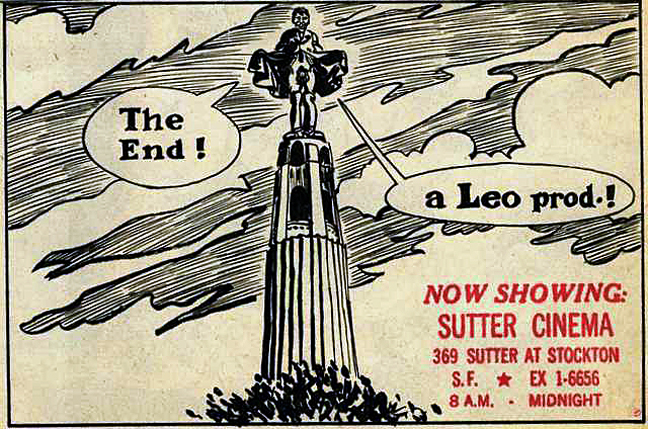 A selection of slides from the comic book version of ‘Straight Banana’ (1970)
A selection of slides from the comic book version of ‘Straight Banana’ (1970)
Lowell Pickett:
Ferd directed the film but he used Leo crew-members and Leo equipment to actually film it, as he wasn’t an experienced filmmaker.
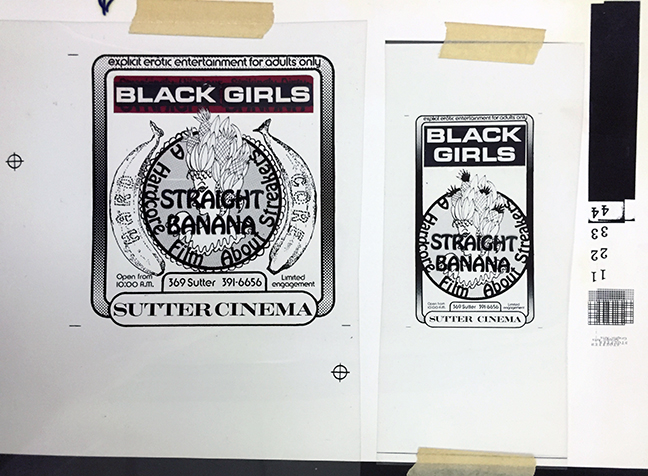 Development of the ‘Straight Banana’ ad campaign
Development of the ‘Straight Banana’ ad campaign
The writer Gary Indiana moved into the commune where Ferd lived when he was directing Straight Banana. According to Indiana, Ferd was the scene’s charismatic bisexual ringmaster who “shot smack more as a fashion statement than to quell an actual addiction.”
Gary Indiana (from ‘I Can Give You Anything But Love’ (2015)):
One of the stars of Straight Banana was a tall bisexual Nebraskan refugee often billed as Mr. Johnny Raw, or plain Johnny Raw, whose penis was a minor celebrity in the Bay Area. He referred to the creeps who bought tickets to his films as “the fans”, and believed that he was actually a movie star. He was boastful, stupid, pathetically narcissistic, and sad, but such a deluded asshole it was impossible to feel sorry for him.
Lowell Pickett:
Then there was a girl called Mary Smith in the film. I don’t know what name she used in the credits. She came over to interview at my house and it turned out she was a pre-med student at Berkeley. She ended up doing several films for us. She had quite a story. She got hooked on heroin, got busted and did some jail time. When she came out she went to law school at UCLA, graduated near the top of her class, and became a pretty successful lawyer but ended up committing suicide.
The female star of Straight Banana was a girl who worked a lot for Leo Productions. She used the name ‘Grinda Pupic’ (aka ‘Grenda Pupik’). She was certainly one the brighter, more interesting women that was around at that time.
*
8. Who was ‘Grinda Pupic’?
‘Grinda Pupic’ real name was Bonnie and she came from St Louis, where she excelled in high school – winning a National Merit scholarship. Despite her academic prowess, she dropped out and became a fixture in the Gaslight Square area of town, famed for being a meeting area for the bohemian and hippie generations.
She clashed frequently with her mother, and when she got pregnant at 19 in 1967 she moved out to San Francisco. She didn’t tell her parents of her pregnancy, and gave up her son for adoption. It remained a secret until an article in the San Francisco Examiner came out in August 1967. Bonnie was on the cover of the paper (with a slightly modified last name) and profiled as the ‘Hippie Woman’. Friends of her parents were vacationing in San Francisco when it came out and sent the newspaper to the family rabbi who then told Bonnie’s parents.
She settled in the Haight-Ashbury area where she enrolled in nursing school. To pay for tuition and make ends meet she started work at the Hip Job Co-op – a charity set up to find work for the influx of teenage hippie runaways that were turning up in San Francisco at the time.
The Mitchell Brothers would often visit the Co-Op, knowing that they’d find large numbers of lost, young people willing to appear in their films in return for a small cash payment. Bonnie was one such person. She was young, attractive and needed the money. The fact that the work was relatively anonymous, and that she was rebelling against her mother made it even more attractive as a quick way to make a few bucks. She found beaver loop work with them, as well as nude modeling jobs that ended up in men’s magazines. And after getting to know the Mitchells, she started referring talent to them too.
Gary Indiana (from ‘I Can Give You Anything But Love’ (2015)):
(Bonnie was) a relentlessly sultry, ebulliently secular Jew. (Her) sang-froid enabled her to resume her side of the argument about local zoning laws between takes, while the bone-hard penis of a costar remained planted in her lady parts. Among friends and co-workers she exuded a generally misleading maternal solicitude. Bonnie was awfully nice and surprisingly tough.
In her spare time she was a popular and carefree spirit. She hung out with an eclectic crowd including the photo-journalist, Clay Geerdes, comedians, and underground graphic comic artists such as Robert Crumb and Roger Brand. She had great confidence and liked performing – both for art purposes and as a personal challenge. She appeared in a number of San Francisco song and dance groups such as Les Nickelettes and the Pointless Sisters.
When loops turned to feature length pornographic films, Bonnie made several – including a number for Leo Productions. She hid behind a number of assumed names, including ‘Grinda Pupic’ – Pupic being the Yiddish name for belly button. Straight Banana featured one of her starring roles.
Lowell Pickett:
Bonnie was good in Straight Banana and was probably one of the main reasons for its success, and people liked the film a great deal. Jay Fineberg of the Pussycat chain of theaters was one of the people that thought it was great and offered to buy it.
*
9. Lowell Pickett and Leo Productions – The Filmmaking Collective
Lowell Pickett:
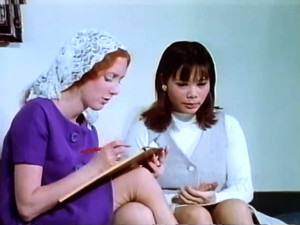 At this stage I was the sole owner of Leo Productions. I knew everything that was going on, all the films that were going on. One of the first feature length films I made was Oona (1970), which featured Ming Toy Epstein and Lilla Allen.
At this stage I was the sole owner of Leo Productions. I knew everything that was going on, all the films that were going on. One of the first feature length films I made was Oona (1970), which featured Ming Toy Epstein and Lilla Allen.
Oona was a good film. We got a good cast together from people who answered an ad we placed in the Berkeley Barb. We held auditions so that we could find actors who could improvise and deliver lines convincingly.
We shot some of the externals in front of the famous Half Note jazz club and the Harding Theater on Divisadero Street. It turned out well, and we made good money from it.
Apart from making his own films, Lowell used aspiring young filmmakers to make films under the Leo Productions name. The fact that Leo had their own equipment also made Lowell popular with other aspiring filmmakers. He would sometimes rent out his equipment to them in exchange for money, a producer credit, or even sexual favors.
Arlene Elster (in The Sunday Oregonian, November 15th, 1970):
(Leo Productions) are constantly looking for new film makers. A lot of young film makers try and get their start in erotic films, then they go on to other things. (Leo Productions) take all the risk with the new film maker. (Leo Productions) supply all the film equipment, even the models, for a 10 minute test film. If the film maker can do it, then he goes to work for us. A film maker with any talent or experience who has a good idea really has nothing to lose. We take in a lot of money, but we pay out a lot.
Lowell Pickett:
Steve Howe worked for us; he was a film student in San Francisco. He directed a few Leo Productions. Others that made films for us included Charles Webb and Walter Csisery.
I got to know the other San Francisco-based filmmakers, but out of all of them I was most close to the Mitchell Brothers. I met Earl Shagley through the Mitchells, and he ended up directing for Leo Productions as well.
Leo Productions was never that big. I had a secretary and I had two guys helping out. That was it. Harold Adler had office space in my house on Hayes Street for a while. He was one of the first agents in San Francisco. He got me a number of people to appear in the films. He was running ads and things. We were good friends.
I also wanted women to make films for us. We had a substantial number of women did that. One of these was Carel Rowe.
Carel Rowe hailed from Arizona and had moved to San Francisco in the summer of 1961. There she met Frank Werber, manager of the highly successful Kingston Trio. After a whirlwind romance that summer, Carel married Werber, and she went on to write ‘Cast Your Fate To The Wind‘ an American jazz standard and 1960s anthem with Vince Guaraldi. It won a Grammy Award for Best Original Jazz Composition in 1963.
Lowell Pickett:
We met Carel in the late 1960s when she came to a modeling call or something like that. She was involved with the American Film Institute or something in Los Angeles. She came to teach at San Francisco State and a number of other places. She had an interesting background, including writing a hugely successful song at the time. She directed a few films for us.
*
10. The First International Erotic Film Festival (1970)
Lowell Pickett:
I went to a meeting of the Adult Film Association in Los Angeles in 1970. I remember when I first showed up there with some of our beaver films, everyone was amazed at how explicit the films were. They said that they couldn’t get away with showing that kind of film in L.A. It was just more liberal in San Francisco at that time.
We started talking with the other filmmakers and we all agreed that there wasn’t enough recognition of sexploitation films. We decided we needed to raise the profile of sex films.
Arlene Elster:
I went to a film festival in Amsterdam, an erotic film festival called the Wet Dreams Festival, in the autumn of 1970. I liked it, so we decided to sponsor a similar film festival back in San Francisco. We wanted it to be a big deal. And it was.
In December 1970, the Sutter Cinema in conjunction with Leo Productions sponsored the six-day First International Erotic Film Festival “to elevate pornographic film to a higher level of respectability.”
From Evergreen Magazine, April 1971:
One of the reasons Lowell Pickett and Arlene Elster sponsored the Festival is that they cannot find many dirty movies that are any good artistically. They commission independent filmmakers, some of whom have done nice films, hoping to get something better than routine porno. They want to occupy a position like that of Maurice Girodias in Paris in the 1950s; many of the books he published were garbage, but he also published books of real literary merit. Most of what Arlene Elster shows at the Sutter Cinema is garbage but she is quite eager to find the cinematic equivalents of Beckett, Burroughs, and Nabokov.
Lowell Pickett:
I wanted the Festival jury to consist of three really interesting and respectable people. One of the first people we approached was Maurice Girodias who owned Olympia Press.
Olympia Press was a Paris-based publisher, launched by Girodias in 1953, that published a mix of erotic fiction and avant-garde literary fiction, and is best known for publishing the works of Samuel Beckett, Jean Genet, and the first print of Vladimir Nabokov’s Lolita. It specialized in books that could not be published (without legal action) in the English-speaking world.
Lowell Pickett:
Another of the judges that we had at the film festival was Arthur Knight. He was a film reviewer for the Saturday Review of Literature and he also taught at USC. Bruce Connor, who was a local filmmaker, was the third jury member.
Arlene Elster:
We announced total prize money of $5,000, of which $2,000 would be for the grand prize winner – which in 1970 was really something. And it was unheard of to award that kind of money to the maker of a sex film!
Lowell Pickett:
We hired a woman to do publicity for us. At first she wasn’t getting us much attention so she mentioned that she was going to get advice from a guy called Don Simpson. I went and talked to him, and we ended up hiring him to do publicity for us instead.
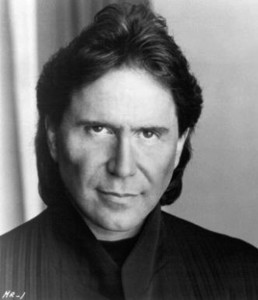 Don Simpson was a 27 year old junior executive working for a theatrical advertising agency at the time. He went on to be one of the most successful film producers and screenwriters of all time.
Don Simpson was a 27 year old junior executive working for a theatrical advertising agency at the time. He went on to be one of the most successful film producers and screenwriters of all time.
Along with his producing partner Jerry Bruckheimer, Simpson produced hit films such as Flashdance (1983), Beverly Hills Cop (1984), Top Gun (1986), and The Rock (1996). Their films have earned over $3 billion worldwide.
Lowell Pickett:
Don was great. He got us tons of publicity. After he got involved, the festival really caught on and attracted a lot of attention.
To accommodate the unexpected public interest, the festival was moved from the Sutter Cinema to the 800-seat Presidio Theatre.
From San Francisco Chronicle, November 27th 1970:
The First International Film Festival which will slink noisily into the Presidio Theater on Tuesday has shaped up as a pretty interesting event. The 80 original entries have been winnowed down to 45 pictures – all of which will be shown during the festival.
Entries include films by James Broughton, Ben Van Meter, Donald Richie (who is the film curator of the Museum of Modern Art in New York), Connie Benson, the immensely talented Scott Bartlett, Arthur Meyer (“Guru You”), Blair Fuller, Pat Rocco, and Jerry Abrams (under an assumed name).
According to Arlene Elster, Festival co-director and 29 year old madam of the Sutter Cinema, several nights will have thematic continuity. “Tuesday night, opening night, represents the best in the opinion of the screening committee. On Wednesday the theme is beauty… soft, beautiful, erotic films. Thursday is more of… I don’t want to say deviant – I’ll say more avant-garde or far out.”
The festival took place from December 1st to 6th 1970, and by the time it began, publicity was all over the country, in newspapers and splashed across television channels.
From Morning Sun, December 2nd 1970:
The First International Film Festival opened here today to a packed house last night amid traditional Hollywood-style fanfare and the usual first-night trappings.
Special guests, including the producers and stars, were greeted by a man in a top hat and tails and escorted over the customary red carpet into the Presidio Theater.
Arlene Elster:
Some of the films in the film festival were really, really good. The range of them was really impressive.
One of the winners was this short film called ‘Orange’ by Karen Johnson. The film just showed a close-up of a person peeling an orange in slow motion. It was tremendous and showed that we could challenge what people thought was an ‘erotic’ film.
At the end of the festival, the judges chose not to award a single $2,000 first prize but they agreed that 4 films would receive $500 each, and a further 5 films would receive $200 each.
A final award of $1,000 was also given to the Canyon Cinema Cooperative “to encourage the production of more – and better – erotic pictures in the Bay area.”
From San Francisco Chronicle, December 7th 1970:
Within the nine prizewinning films, there is a fairly substantial range both in quality and style – but all demonstrate professionalism and taste. They were made by filmmakers not money-grubbers.
The 4 films that each won $500 ranged from:
‘Golden Positions’ – James Broughton’s lovely, poetic humorous and crystal investigation of mankind standing, sitting and lying,
Scott Bartlett’s exceptional ‘Love-making’,
Karen Johnson’s imaginative ‘Orange’,
Michael Zuckerman’s ‘Secks’ montage.
The 5 other prize-winning films each winning included:
The droll and bawdy wit of John Doles’ ‘The Miller’s Tale’ and Dirk Kortz’ ‘A Quickie’
Victor Faccinto’s bizarre animated film, ‘Where Did It All Come From? Where Is It All Going?’
Carl Linder’s rather extraordinary study of ritualists auto-eroticism, ‘Vampire… The Passion Of’
David Kallaher’s ‘Verge’, a view of hands on bodies
Lowell Pickett:
The Festival was really successful. We got some amazing publicity because of it. Arlene got a call from Dick Cavett to appear on his TV show. She was always very articulate so it was a good idea. Norman Mailer was on the same night with her.
It turned out to be funny. She’d secured permission to show the film ‘Orange’. She took it with her to New York. Cavett talked to her on the program, but they refused to show her… They kept the camera off of her. We joked about it. It was like when Elvis was on Ed Sullivan and they only showed him from the waist up! She wanted to be shown, but the bureaucrats at the network wouldn’t allow it. And they wouldn’t show ‘Orange’ either.
Arlene Elster:
What did I know? Oh my god, I was so naïve. Oh Jesus. I don’t know who makes these decisions, but at the very last moment they wouldn’t allow that short film to be shown.
That was when my family found out that I was running the cinema as well. They had no idea. They must have been deeply offended and miffed. I sort of avoided my parents. My parents never told anybody what I was doing. I never talked to them about it explicitly.
Lowell Pickett:
Lou Sher owned the Presidio where we had the Festival. He was interested in distributing all of the films through his company Sherpix. The problem we ran into was that most of the experimental filmmakers thought that they should get the same payments and distribution deal as mainstream directors.
Arlene Elster:
We intended organizing further festivals but none of the filmmakers would let us distribute their films so we never did it again. We just couldn’t make any money on it. But that one International Film Festival was a great success.
*
11. ‘Love, Yolanda’ (1971)
Lowell Pickett:
Charles Webb was an example of a director who got his start with Leo Productions. His background was interesting. He worked for a company in Washington, DC that did political campaign films for Nixon. He was a cinematographer for them. He was southern, bright and pleasant.
Charles Webb (aka Charles De Santos) first used a film camera when he was working on a research degree in psychobiology. After leaving academia he joined a political advertising company. When he tired of the political scene, he moved to San Francisco in 1970, where, among other achievements, he became a prolific cinematographer and director of adult films – starting with ‘Love, Yolanda’.
Lowell Pickett:
Charles heard of us and came over to see us. He directed a few films that came out as Leo Productions. His first was a film called ‘Love, Yolanda‘ (1971).
‘Love, Yolanda’ was a very good film. We found a great mansion as a location and were meant to shoot a wild orgy scene there. However we had difficulties filming it because everybody had been partying and swimming all day and they were too tired for the orgy… As a result no one was able to actually have sex. We ended up adding all the ‘in and out’ scenes at a later time. We had to shoot them a couple days later.
‘Love Yolanda’ was threatened with legal action when the owners of the mansion alleged that they hadn’t known that the film shot there was pornographic.
Lowell Pickett:
If you read the court papers, it was interesting. It talked about all their outrage and everything. But basically it was all about money. They said the picture made so much money solely because we used their house, so they just wanted to get paid more money. It was such a shakedown lawsuit.
*
12. Mary Rexroth
Lowell Pickett:
Mary Rexroth was another actress who worked for us. She was a writer as well, like her father, Kenneth.
Kenneth Rexroth (1905 – 1982) was an American poet, and regarded as a central figure in the San Francisco Renaissance. Although he didn’t consider himself to be a Beat poet, and disliked the association, he was dubbed the “Father of the Beats” by Time Magazine.
Lowell Pickett:
Mary was extremely bright. Very, very sweet. Sort of a sweet, little child at that time. She was good at acting too, dramatic and very good at improvising. Aside from the films, she did belly dancing in clubs and I think was a sex surrogate at the time too.
After appearing in smaller parts in numerous Leo films, Mary co-directed a film with local writer / photographer, Jann Burner, called ‘Intersection’ (1971). It was heavily promoted in the newspapers – and also by Sutter Cinema who gave it a big premiere.
Jann Burner (director of ‘Intersection’):
I was actually born in the Haight Ashbury area and graduated from SF State after a tour in the Air Force. And when I graduated in 1969, the place I was born was suddenly the center of the world!
I graduated from SF State in their film department (along with the Mitchell Brothers). Unfortunately there were many film graduates and no jobs. Plus this was when the Affirmative Action program was taking effect so there were even less jobs for white male college graduates. I finally got a part time job at KPIX (CBS television) as a film editor but they couldn’t hire me full time because I was a white male. I met Lowell Pickett at a party one night and he mentioned that he was getting into making XXX films and needed an editor, and would I be interested?
At the time the XXX rated film business was pretty much just loops of women or couples. But Lowell had the idea to do longer, more involved films with dialogue and show them in a place where couples could attend together. So he ended up hiring about six film makers and the instructions were: “Make the films about whatever you want – but you have to have 30% hard core sex.”
So we began to turn out some really creative little films.
I made ‘Intersection’. This was one of Lowell Pickett’s first feature length films. It sort of broke the mold in that it had lots of sex but it was also a little too Ingmar Bergmanesque. It was sort of a thinking person’s porno film and who wants that? So it never got released and I finally sold it to the Mitchell Brothers. They said that it eventually just rotted and they never transferred it to video. So, as far as I know, other than opening night, no one saw it and no copy exists. It did receive quite a bit of publicity though… mainly because Mary’s father was the famous Beat poet.
George McDonald (from his unpublished autobiography ‘A Pound of Flesh’ (1975)):
Mary was San Francisco’s first female porn star. She’d gotten her initial fame when she made a film called ‘Intersection’. It was played up heavy in the papers since she had used her real name, and everyone recognized her as the daughter of philosopher Kenneth Rexroth.
I had picked her up hitchhiking one night and I recognized her from ‘Intersection’. She recognized me from other films so we just went straight back to my apartment and got it on. Mary had a very honest approach to sex and was not only involved in the porn industry but worked as a sex counselor and was active in different sexual freedom organizations. She just plain liked to get it on.
Mary Rexroth (from San Francisco Chronicle, January 1971):
A lot of chicks claim they’re in it for the money. But there are a whole lot of easier ways to make money than that. I generally only make $50 a day.
The reason I do it – the reason a lot of chicks do it – is because I enjoy making the films. It’s a complete sex trip.
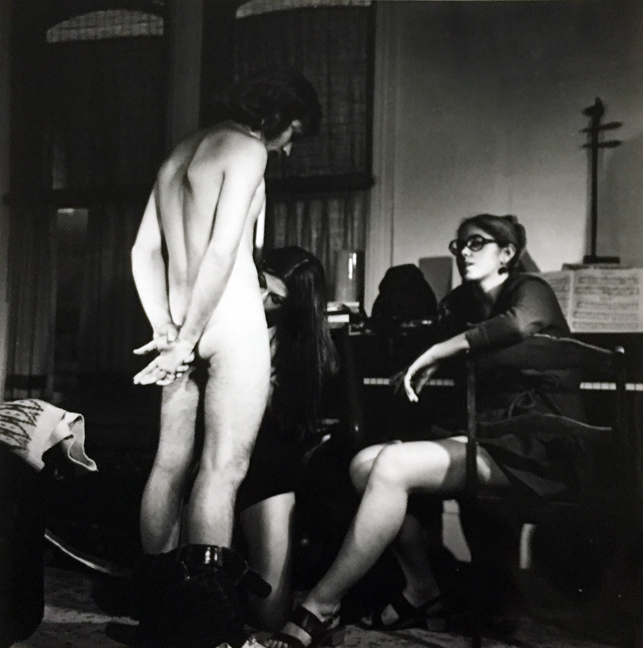 Mary Rexroth in ‘Intersection’
Mary Rexroth in ‘Intersection’
Lowell Pickett:
I went out with Mary for about six months, which included a trip to Los Angeles together for an adult film convention down there. After that I remember going to New York and meeting up with the film critic Arthur Knight, who took me to a party of fellow critics. Pauline Kael was there, and I remember she kept asking me all night if I knew the identity of Mary Rexroth’s mother. She seemed fascinated that Rexroth’s daughter had made sex films for us.
Kenneth Rexroth (from San Francisco Chronicle, January 1971):
She is a very good poet and a very good actress. This certainly doesn’t disturb me. This is the way the world is now. There’s no point in saying “let them do what they want to do” – they’ll do what they want to do anyway.
Mary Rexroth (from ‘Sinema’ by Kenneth Turan and Stephen Zito (1974)):
A lot of people have trouble with me. I don’t behave like I’m supposed to behave. Say I’ve been talking to someone for a while, and they’ve established “Well, she’s intelligent and she’s well-read, she’s read Proust twice, my God,” you know, and then you say something about “when I was working for Leo Productions” and they go “AARGH!” because that’s not something somebody like that’s supposed to do. If you’re an intellectual they don’t expect you to be a dirty movie star, that’s very disturbing to some people.
Lowell Pickett:
It was a really big deal that someone with her famous name was making adult films. It brought us a lot of publicity and a certain legitimacy too.
*
13. ‘Cozy Cool’ (1971)
‘Cozy Cool‘ was the biggest budget film made by Leo Productions. It was also the longest shoot. It’s the saga of a flashy character, Cozy Cool, who inherits a crime mini-empire following the death of his father Silvio. Cozy’s right-hand man Mike plots behind his back to sell him out to the rival Vespuccis.
George McDonald (from his unpublished autobiography ‘A Pound of Flesh’ (1975)):
Cozy Cool, or the idea for it, was ripped off from ‘The Godfather‘ (1972), at least in so many words. Francis Coppola was just starting production on ‘The Godfather’ from his San Francisco office at American Zoetrope, and the publicity in the daily papers had given someone at Leo Productions the idea that maybe a porno version of the Mafia would be a hit.
Lowell Pickett:
I typically used my own money to make Leo films, but on ‘Cozy Cool’ I had a financial backer. She used the name Edna Perkins but her real name was Ellen Perkins. She’d inherited the money and she was interested in filmmaking. It was just a one-off for her. It was a more expensive film that the others we made, and that included a couple of trips to New York to try to find distribution for it.
In an attempt to improve the quality of the film, more experienced actors were brought in from Los Angeles – such as Jim Haynie.
Lowell Pickett:
The part of the writer, Clark Kent Rogers, was played by Jim Haynie; he was in quite a few of our films. He went onto Hollywood and was pretty successful. He was in the cop show, Hill Street Blues. He did several hardcore scenes for Leo Productions; he wasn’t very good looking but he did good sex scenes.
George McDonald (from his unpublished autobiography ‘A Pound of Flesh’ (1975)):
This was the first time that legitimate actors had been brought up from L.A. to work on a San Francisco porn feature. I figured that at last someone was trying to do a creditable fuck film.
Much of the film’s sexual content is provided by the amorous and violent adventures of Irma, played to the hilt by Maria Arnold. George McDonald plays a shakedown mob guy, and Mary Rexroth also has a role.
Lowell Pickett:
We found the female lead, Maria Arnold, in Los Angeles. She’d had done regular hardcore movies. She stopped doing the hardcore sex scenes half way through ‘Cozy Cool’ because she was having an affair with the sound-man on the movie, Mark Hofherr.
George McDonald (from his unpublished autobiography ‘A Pound of Flesh’ (1975)):
The female lead was a girl named Maria. She had also been brought up from L.A. Her father was an ex-vaudeville performer (or so the press release said) so she had been around acting and entertainment all her life. She hadn’t made the grade yet as a legitimate actress but felt that it was only a matter of time. She thought that porn movies might help her make it a little faster since none of her competition would even think about being in “one of those movies.”
I was glad to hear all of this since I had been predicting for some time that legitimate and hungry actors and actresses would make the jump into sex films as the films became more accepted and started getting more publicity. There seemed to be some truth to what she was saying because after finishing ‘Cozy Cool’ she was featured in articles in both Playboy and Cosmopolitan.
Mary Rexroth (from ‘Sinema’ by Kenneth Turan and Stephen Zito (1974)):
They hired two Hollywood actors. Oh, they were bad. The one guy wouldn’t fuck, and he spent some ten minutes trying to tell me that this was not a dirty movie; this was not a sex film. He said “It’s not, it’s not, it’s different”. Well, the trip was they were paying them union scale. I raised hell. I said, “So, you’re going to pay them union scale and they’re not even going to fuck?”
Lowell Pickett:
I remember ‘Cozy Cool’ very well, because it ended up being rather complicated and it seemed to be a never-ending process to make. We kept altering it after it was completed.
Part of the problem with the film was that three people wrote the screenplay! One was a Stanford film student called Dustin Holmquist. He was the guy who had the original idea and he was in charge of actually filming it.
When we finished it nobody could figure out what was going on, so we tried to find a device to explain the plot to the viewer. We added the character of a reporter that explained the whole thing!
‘Cozy Cool’ was eventually released in different versions, including the currently available ‘…Love You to Death.’
Lowell Pickett:
In the end there was more than one version of the film that came out, as it was re-edited to put in the reporter scene. There wasn’t a huge difference between the two – but I was only involved in the making of the film when it was called ‘Cozy Cool’. Not that I liked that name however – it wasn’t a very good title as far as I was concerned for getting people interested in the film.
We tried hard to make it a bigger, better picture. We were innovative with the music – instead of using stock music we had a group of musicians playing while watching the film. We did this on several films and it became very effective. After we did it, the Mitchells started doing it as well. If the musicians were good they could liven things up, particularly during the sex scenes, and that was very effective.
*
14. ‘The Continuing Story of Carel and Ferd’ (1970-1975)
In 1970, Lowell Pickett was approached about being the subject of a documentary. The resulting film had little to do with Lowell or Leo Productions, but instead was one of the most interesting, prescient and pioneering films of the era.
Gary Indiana (from ‘Inside Agitator’ (1999)):
A guy named Arthur Ginsberg showed up near the end of the Broderick Street era, in late 1969. He’d started a company called Video Free America, which had gotten the first Sony portapaks in the United States. He decided he wanted to shoot an “extended narrative,” a vague project that soon became an endless documentary about Ferd Eggan (director of Leo Productions’ ‘Straight Banana’) and his relationship with a woman named Carel Rowe, filmmaker and former paramour of Lenny Bruce.
Carel Rowe:
Ferd and I met working at Lowell’s. When Arthur Ginsberg’s documentary crew showed up on Lowell’s doorstep to make a documentary, we convinced them to make ‘The Continuing Story of Carel’ and Ferd on the spot instead.
Gary Indiana (from ‘I Can Give You Anything But Love’ (2015)):
Carel wasn’t much older, chronologically, but her weariness suggested she’d survived the Titanic and much else of historical significance. She had the vibe of somebody who’d lived the nightmare in a big, expensive way. Short, wiry limbed, her glossy auburn hair poodled in a perky cut, she seemed implacable enough to launch a military coup in South America.
‘The Continuing Story of Carel and Ferd’ is a shot-on-portapak diary video directed by Arthur Ginsberg. It was filmed between 1970 and 1975 and follows the lives and marriage of Carel Rowe and Ferd Eggan.
The initial footage that was shot was shown in 1971 as a 3-channel video, 8-monitor installation including live feed of the audience for The Kitchen in New York. By 1975, it consisted of over 30 hours of footage that includes both the film of the marriage and subsequent consummation, as well as footage of Carel and Ferd talking to camera about the events.
Arthur Ginsberg (director):
Carel and Ferd, the ‘stars’ of our underground, video verite’ documentary soap opera, were struggling to escape from their lives and work as pornographic filmmakers for the world renowned Sutter Cinema when we first met. They planned to get married, paying off some debts with one last film – of their wedding night.
Carel said convincingly, “Why don’t you make a tape about the story of our wedding?”
On camera, the two kiss, interrogate one another, banter, argue, and have sex. The camera documents their intimacy as well as interrupts it, as they address the camera directly and answer questions asked by Ginsberg who remains behind the camera.
Arthur Ginsberg (director):
It was an incredible experience. They were witty, completely open, and had a great understanding of the media experience. Time and again in the midst of a heated argument, a heavy emotional moment, or an orgasm, they would turn to the camera and comment – much in the tradition of the Shakespearian aside – on what was happening psychologically or offer some insight into the media process that was occurring.
‘The Continuing Story of Carel and Ferd’ questions reality and freedom, and the camera allows for Carel and Ferd to take on personas that are more exaggerated than their real selves.
It is often classified as cinéma vérité – but a strong case can also be made that it is the first example of reality television.
Carel Rowe:
In ‘Carel and Ferd’ there are many scenes that show Lowell’s production set-up in San Francisco and the participant’s commentaries about it.
*
15. Distributing Leo Productions
Lowell Pickett:
When it came to nationwide distribution of all the films that had been made under the Leo banner, I worked with Stanley Borden in New York. I first met Stan in a film lab, Pacific Film Lab, which was owned by a guy named Burton Steiger. He was processing a lot of porn films for different people. He also did newsreel.
Stan was a really nice guy. One of the first films he bought was ‘Oona’. He was going to blow it up to 35mm, but I don’t know what happened to it after that. After that he bought just about everything that I had.
On my first trip to New York, I ended up going to about 10 different theaters all showing my films, which was sort of neat. This was in the early 1970s.
Stan’s wife Lorraine had an advertising agency called ‘Great Scott’. She did some of the ads for our films and many were very effective.
Stan had a large distribution operation. I once went by one of his offices and he must have had up to 50 people working there. He also had some connections to the mob. I knew that. He was a larger-than-life character.
One day Stan told me to be at his office by four o’ clock. I got there and there was a girl there that gave each of us a blowjob. That was what it was like being in business with Stan.
As for my other contacts around the country for distribution, there was a guy named Crosby in Indianapolis who had a couple of theaters there that I sold quite a bit of film to. One of his accountants ran off with a bunch of his money but he ended up paying me all the money he owed me when he got it back.
I also met Harry Mohney when he was first starting out. He started out in sex shops and I sold a lot of product to them.
*
16. ‘Aphrodisiac’ (1972)
Lowell Pickett:
After ‘Deep Throat‘ came out in 1972, the mob thought that every film could become another ‘Deep Throat’ and they could make all kinds of money. I had just released a new film. It was a film which featured an orange that was injected with an aphrodisiac. So all these people had some of this aphrodisiac. That’s basically the plot of it. We made that film twice – once with Charles Webb as director.
Then I got a call from somebody who said that the guys behind ‘Deep Throat’ wanted to distribute this film for me. I knew that that would be a disaster because I wouldn’t see any money. Stan had already told me what happened to the people who made Deep Throat. He told me not to get involved with them.
I ended up suggesting that I’d sell them the film for $100,000. They flew me to the Bahamas where their contact man was named DeFlavio, I think. We ended up haggling back and forth. Finally they gave me $75,000 cash. They told me how to put it into a Bahamas bank and then how to get it back into the United States in a month. They told me to bring it back in amounts under $10,000 so as not to arouse suspicions.
I had another guy with me named Arthur Chang who was an associate of Charles Webb. He was working in the city of Monterey as a city planner then he ended up in the film business. We were partners for a short while and he had some experience with finance. He figured that $10,000 would fit in our pockets. So we carried $9,500 each on our flights back. We did that a few times until we got the money out of there.
I don’t know what happened to that film. I never heard anything about it after that.
*
17. Arlene Elster and the Sutter Cinema – The Legal Issues pile up
Lowell Pickett:
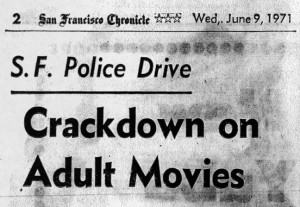 Arlene faced many more legal battles than me, because the authorities would generally go after the exhibitors not the filmmakers. So Arlene faced constant battles with the city. She got arrested many times and a few of the cases dragged out for years.
Arlene faced many more legal battles than me, because the authorities would generally go after the exhibitors not the filmmakers. So Arlene faced constant battles with the city. She got arrested many times and a few of the cases dragged out for years.
Arlene Elster:
I was making lots of money from the theater, but we weren’t netting much because $1,000 a week went to the lease and then there were the lawyers… I started getting arrested pretty much all the time.
This was the era of Dianne Feinstein and she was always trying to shut us down.
Dianne Feinstein began her political career as a concerned housewife and crusader against the smut-ification of San Francisco. In 1969, Feinstein was elected to the San Francisco Board of Supervisors and she remained on the Board for nine years. She served as 38th Mayor of San Francisco from 1978 to 1988, and has been elected to the Senate since 1992.
Arlene Elster:
I never liked her because she used adult cinemas as a political stepping-stone for her own career. I couldn’t see that there was any other reason.
I was never really afraid that I might go to jail. San Francisco was too liberal. For a start, I was being arrested on misdemeanor charges. Artie and Jim Mitchell were also being arrested for the same thing. The main one was 311.2.
California Penal Code Section 311.2(a): Every person who knowingly sends or causes to be sent, or brings or causes to be brought, into this state for sale or distribution, or in this state possesses, prepares, publishes, produces, or prints, with intent to distribute or to exhibit to others, or who offers to distribute, distributes, or exhibits to others, any obscene matter is for a first offense, guilty of a misdemeanor.
Arlene Elster:
After a while it became exhausting because I was spending all my time defending the Sutter Cinema, and I was doing it all by myself.
In early 1971, Arlene was charged with exhibiting obscene matter after the Sutter Cinema showed an erotic animated feature.
To make matters worse, in January 1971 a new ordinance in San Francisco had given the police power to refuse a license to any theater operator who had been convicted of distribution of obscene matter.
This meant if Arlene lost the case, she would also be put out of business as soon as her license came up for renewal.
Arlene Elster:
My big trial came up – and I would have been better off breaking my leg rather than going to that trial… We had a woman judge… what was her name? It was her first trial… and the case also had a woman lawyer and I was a woman defendant. And it was still a disaster!
The big issue was that I was not allowed expert testimony.
We had Walter Lantz lined up to speak. Walter Lantz drew the original Woody Woodpecker. He was one of the guys who drew the animated cartoon ‘Eveready Harton’ that we were busted for showing!
‘Eveready Harton’ (aka ‘Buried Treasure’) is an animated short – and considered perhaps the earliest example of a pornographic cartoon made in the US. It was supposedly made in New York in the late 1920s by three studios. Each one drew a section of it without telling the other studios what they were doing. Walter Lantz was the illustrator for one of the studios.
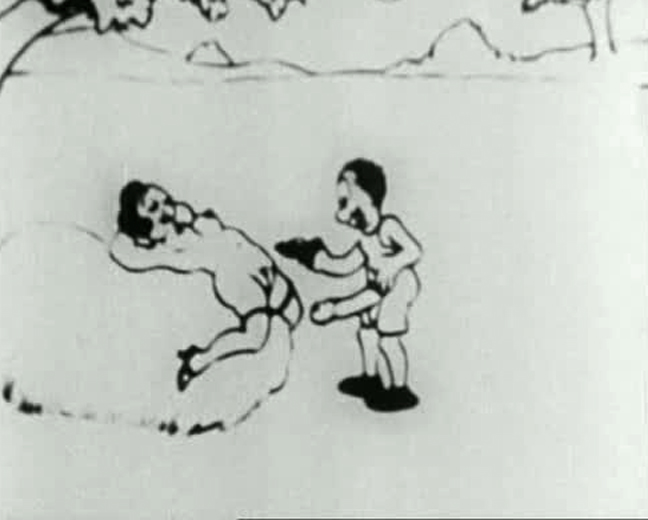 ‘Eveready Harton’ (aka ‘Buried Treasure’)
‘Eveready Harton’ (aka ‘Buried Treasure’)
Arlene Elster:
‘Eveready Harton’ was very funny. A little animated guy with a penis so large he had to have a wheelbarrow to carry it around. He got into all sorts of trouble. It was just a hysterical little thing. Anyway Walter Lantz was not allowed at my trial.
I also wanted Arthur Knight, who was the film critic for the L.A. Times, but he wasn’t allowed to testify either. And Dr. Jay Mann, who was a doctor who had been a part of the President’s Report on the Commission on Obscenity and Pornography, was prevented from testifying too!
In 1969 the United States Congress funded the President’s Commission on Obscenity and Pornography, set up by President Lyndon B. Johnson to study pornography.
The Commission’s report found that obscenity and pornography were not important social problems, that there was no evidence that exposure to such material was harmful to individuals, and that current legal and policy initiatives were more likely to create problems than solve them.
Arlene Elster:
Oh my god, that report was my Bible. I’m looking at a copy I have here. I’ve literally worn it out. I used the findings from it all the time to defend myself!
Arlene was convicted when a jury voted 11 to 1 against her.
Arlene Elster:
So I lost the trial. I faced six months in jail and a fine of $1,000. And I would lose my theater license.
My lawyer said, “Well, we’re going to appeal it.” We did appeal it to the state and it ended up going to the Supreme Court. The original decision was vacated and the case was remanded to the 9th Circuit. Although I ended up having to pay a $1,000 fine, everything had changed.
It was an important victory for us all. I was able to stay in business – which was huge. That didn’t stop the police harassment though…
Arlene Elster (from The Night Times, February 1972):
I feel as innocent as a new-born lamb about my theater. I have no guilt whatsoever about doing any harm to society, and yet I have to go through these ritualistic arrests.
The cop’s tactics seem rather desperate for a crime that doesn’t cause any danger to anyone. Actually the cops come in rather sheepishly and say. “Well Arlene, heh-heh, we have to arrest you.” It’s an “I’m just doing my job” deal.
*
18. The Birth of Artaur Ego
Lowell Pickett (right):
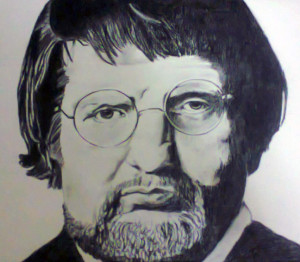 I came across Reuben Sturman who was based in Cleveland. He had a fellow that was in charge of his film business called Bob Dolan. They wanted me to make films for them, so I ended up doing a total of about ten films for their company.
I came across Reuben Sturman who was based in Cleveland. He had a fellow that was in charge of his film business called Bob Dolan. They wanted me to make films for them, so I ended up doing a total of about ten films for their company.
I did a lot of vignettes for them. The films I made for them were made using the name ‘Artaur Ego’ or ‘Howard North’ or a few other names. The production company Reuben and Bob set up for this was called Evelc Productions – which was ‘Cleve’ spelt backwards.
These were films like ‘Final Blow‘, ‘Erotic Fortune Cookies‘, and ‘House of Kinky Pleasures‘. The first one I made for them was ‘The The First Time I Ever…‘
At that time there was a book out called ‘My First Time’, which consisted of interviews with prominent people and stars, so I based it on that.
The film was a Leo Production in that I made it with my equipment, even though Reuben put up the money.
John Seeman is in it and he’s great. There’s a scene that John does that comes as close as possible to the old (improvisational comedy duo act) Mike Nichols and Elaine May routines. John Seeman was probably one of the better actors around. One of the brighter people too. I liked working with guys like him and Ken Scudder.
*
19. ‘Erotic Fortune Cookies’ (1975)
Lowell Pickett:
‘The Erotic Fortune Cookies‘ was based on a movie that Jack Lemmon made in 1966 called ‘The Fortune Cookie‘. They shot it in San Francisco and it was a very popular movie at the time.
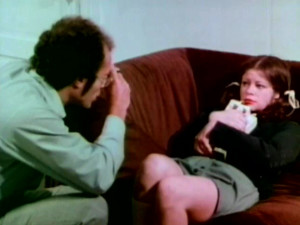 In ‘The Erotic Fortune Cookies’, I used an actress named Dory Devon. She was an interesting girl who was a musician and music major. Her father was a professor of astronomy at Cal Berkeley, but somehow she ended up in New York doing some off-Broadway acting there. She became friends with Stanley Borden and he put her up at the Paramount Hotel for a year, which is where Stan had his offices. She said there was nothing going on between them – who knows? But she lived there rent-free for a year. I started seeing her off and on for six months or so.
In ‘The Erotic Fortune Cookies’, I used an actress named Dory Devon. She was an interesting girl who was a musician and music major. Her father was a professor of astronomy at Cal Berkeley, but somehow she ended up in New York doing some off-Broadway acting there. She became friends with Stanley Borden and he put her up at the Paramount Hotel for a year, which is where Stan had his offices. She said there was nothing going on between them – who knows? But she lived there rent-free for a year. I started seeing her off and on for six months or so.
I also cast this Chinese man, Edsel Fong in the film. He was a Chinese waiter in real life and was often called the “world’s rudest, worst, most insulting waiter”. He worked at the Sam Wo restaurant. He was a well-known San Francisco character that was always getting written up in Herb Caen’s column in the San Francisco Chronicle. Edsel was a person who would never shut up. I think we even filmed once or twice at the restaurant. He ended up financing a couple of my films as well.
The camera operator on Erotic Fortune Cookies was a guy called Ken Blakey who worked a fair amount on adult films in San Francisco, and went on to quite a long career in Hollywood as a cinematographer.
*
20. ‘Rendezvous with Anne’ (1976)
Lowell Pickett:
‘Rendezvous with Anne‘ was the last big Leo production. It was probably the closest we came doing an ideal film. The budget was about $25,000. That came from the Mafia money that I brought back from the Bahamas.
There were a number of good dramatic scenes in it. It was a takeoff on ‘A Street Car Named Desire’. The plot is about three women who get paged at the airport, all with the name of Anne. Each of them answer… and the movie is about what happens to them. The script was co-written with Wynne Mason. She’d just graduated from to the University of California.
I wanted to choose three unknown actresses for the parts of Anne. We advertised the casting calls in the Berkeley Barb. One of the girls was called Keri Carpenter. She had a background in gymnastics. She’d been working in a massage parlor in Berkeley. That’s the way I actually met her. That was quite a scene at the time for young girls who didn’t have much money. They would work in the massage parlor scene in Berkeley. They were often living in communes and places like that.
Then there was Cazander Zim. I was involved with her for a couple months after the film. She had a child, and the two were living in Marin County. She also was involved with a black poet who was fairly well known.
The third girl in ‘Rendezvous with Anne’, Lisa Troy, was interesting. She ended up marrying a major league baseball pitcher. They were married and had three or four kids. Her real name was Lisa Pritchett. I became friends with her sister who was a musician that stayed in Berkeley. She played in a rock and roll band. She was featured in a couple PBS features about garage bands.
In ‘Rendezvous with Anne’, there was a ‘special thanks’ credit to somebody called Margaret Evans. This was Maggi Rubenstein, who was involved in the sex information scene in and around San Francisco at the time. They had a hotline where people could call. She helped us in having a grand opening for the film.
Arthur Knight, who had been a judge at our erotic festival in 1970, started asking me to deliver lectures to USC students, a pretty large group each time. One of the films I always showed was ‘Rendezvous with Anne’.
His point to the students was that anyone could go out and make a film. He wanted to show that filmmakers don’t have to raise millions of dollars. They could get started this way. The response from the students was very good. A lot of them had good questions. Nobody walked out. Nobody really asked any kind of embarrassing questions or anything like that. They were a well-mannered group.
Arthur was very helpful with ideas, and gave us some good reviews we used in the publicity for the films.
*
21. The End of Leo Productions
Lowell Pickett:
I probably made over 20 Leo films – plus the 10 that were done for Reuben.
I decided to stop making films, but then I made one last film after I’d been out of it for a couple of years for a doctor in Lorain County. This doctor ran a bunch of quick weight loss clinics and put up the money for a film and he produced it. His name was not on the film. I don’t know whatever happened to it but it turned out to be a fairly good film.
Basically I started running out of money. If the last film with the doctor had been more successful maybe I’d have continued but it was getting more difficult for me to continue with the business model I had – which was financing everything, and making the films as well.
I ended up selling all the rights to somebody and I can’t even remember who or what that was…
*
22. The End of the Sutter Cinema
Arlene Elster:
I met some interesting people managing the Sutter Cinema. There was an organization called COYOTE (Call Off Your Old Tired Ethics), started by Margo St. James, which advocated the decriminalization of prostitution. I just adored Margo St. James. She lived out in this wonderful place in Mill Valley.
I’m sorry I didn’t get to know other people like Mary Rexroth better. Some of the people that were in the films were really quite interesting. I don’t know why I didn’t. I think I was always quite responsible about wanting to earn a living rather than be one of these people. I wanted to make sure that I was providing for myself. I wasn’t political or an activist, I saw myself as a business owner. And I wanted the product – the films – to be better. So I saw the court cases as a necessary evil to go through.
But the big problem was that interstate distribution was still illegal. This meant that the possibilities for erotic filmmakers to distribute their films were dramatically reduced. If you can’t distribute a film across a state line, you’re not going to find filmmakers interested in doing it, not ones that are legitimate filmmakers. It left the industry to the people that were willing to deal in… I shall call it trash and gutter porn, people willing to deal in the fringes of the law. I wasn’t willing to go there. I wasn’t willing to go the Jerry Abrams route. Or the Artie and Jim Mitchell route. What did they care? They didn’t share my principles and vision for a better industry. So the films just got sleazier and sleazier and sleazier. I got out of the industry after that. I wasn’t interested.
Ultimately the films just didn’t turn into the art that I hoped for at the beginning. The vision never materialized. So I got out.
From 1975 to 1976 Arlene sublet the cinema and it was used as a strip club. The cinema closed shortly after.
Arlene Elster:
I turned over my lease to John Kennelly and he took over the property from there. They were doing this live sex show thing at that point. Which I definitely didn’t want to be any part of. It just wasn’t me, not my thing.
*
23. Where Are They Now?
Arlene Elster:
I opened up a plant nursery. I moved to Sonoma County and had a wholesale plant nursery for almost 20 years. I definitely moved on. I didn’t look back.
I never heard from Lowell after I moved out of town. You know, I’ve got a phone number for him. I thought maybe I’ll try calling him again some time.
Arlene passed away in November 2022.
Lowell Pickett:
After I got out of films, I started a small business helping others secure financing through government loans. After that I got married and my wife and I went into the catering business. We then started a business making dog treats. I sold the business when I retired and settled down in Cincinnati.
Lowell passed away in 2022.
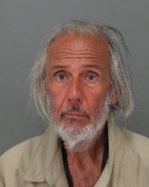 In 1983, Jeffery Poland, founder of the Sexual Freedom League, was charged with child molestation. Apparently, in 1980 a nudist couple had entrusted Poland with the care of their daughter while they were attending a swinger party while nude sunbathing on Black’s Beach in La Jolla, a neighborhood of San Diego. The couple’s daughter accused Poland of having performed oral sex on her while her parents were away.
In 1983, Jeffery Poland, founder of the Sexual Freedom League, was charged with child molestation. Apparently, in 1980 a nudist couple had entrusted Poland with the care of their daughter while they were attending a swinger party while nude sunbathing on Black’s Beach in La Jolla, a neighborhood of San Diego. The couple’s daughter accused Poland of having performed oral sex on her while her parents were away.
Poland fled the country and he lived for five years as a fugitive in Australia. In 1988, he was extradited back to the U.S. By that time he had changed his name legally to ‘Clit-lick.’ He pleaded guilty to a ‘lewd or lascivious act with a child,’ a felony. He served nine months in San Diego County Jail. Upon his release, he returned to live in San Francisco, where he is monitored as a registered sex offender.
 Ferd Eggan, director of ‘Straight Banana‘, became a writer, activist, teacher, and tireless advocate for people with HIV/AIDS. Eggan was the Los Angeles’ AIDS coordinator, a position created in 1989 by then-Mayor Tom Bradley to spearhead the development of a comprehensive local approach to combating the spread of AIDS. Ferd was appointed to the position in 1993 and served until 2001, when he became too ill to continue in the job.
Ferd Eggan, director of ‘Straight Banana‘, became a writer, activist, teacher, and tireless advocate for people with HIV/AIDS. Eggan was the Los Angeles’ AIDS coordinator, a position created in 1989 by then-Mayor Tom Bradley to spearhead the development of a comprehensive local approach to combating the spread of AIDS. Ferd was appointed to the position in 1993 and served until 2001, when he became too ill to continue in the job.
He died in 2007 in Los Angeles, aged 60, after a six-month bout with liver cancer, complicated by HIV and hepatitis C infections.
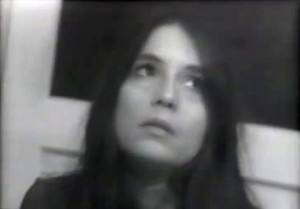 Carel Rowe went to graduate school at Northwestern and her dissertation was published as a key book on early New American Cinema: ‘The Baudelairean Cinema : A Trend Within The American Avant-Garde’ (1982). Since then she has made a series of documentaries, including an update to ‘The Continuing Story of Carel and Ferd’ shot shortly before Ferd’s death called ‘Ferdish’.
Carel Rowe went to graduate school at Northwestern and her dissertation was published as a key book on early New American Cinema: ‘The Baudelairean Cinema : A Trend Within The American Avant-Garde’ (1982). Since then she has made a series of documentaries, including an update to ‘The Continuing Story of Carel and Ferd’ shot shortly before Ferd’s death called ‘Ferdish’.
Carel passed away in 2021.
Gary Indiana recently published his excellent memoir, ‘I Can Give You Anything But Love’.
George McDonald is still living in Sausalito just minutes away from where the opening scene of ‘Behind the Green Door’ (1972) was shot. He was recently interviewed by The Rialto Report.
George passed away in 2019.
Mary Rexroth still lives in San Francisco. In 2012, she retired from a successful career in consumer protection in financial services.
Jann Burner is a published author; one of his books called ‘Motor Zen‘ is about his experience driving a taxi on the night shift in San Francisco.
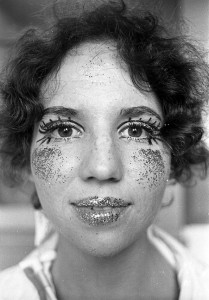 Bonnie (aka Grinda Pupic), star of ‘Straight Banana‘, became a nurse and moved to New York. (She was part of the psychiatric team caring for Truman Capote in his later years.) She returned to her home town of St. Louis where she maintained an interest in the arts, dabbling in singing and writing.
Bonnie (aka Grinda Pupic), star of ‘Straight Banana‘, became a nurse and moved to New York. (She was part of the psychiatric team caring for Truman Capote in his later years.) She returned to her home town of St. Louis where she maintained an interest in the arts, dabbling in singing and writing.
In her 40s, Bonnie had breast reduction surgery and liposuction. As a result of these operations, she contracted a Staph infection and passed away shortly afterwards. Her son, who she never knew, has carefully researched Bonnie’s life with the idea that the story may be published one day as a book, ‘Discovering Bonnie.’
The building that once housed the Sutter Cinema still stands today. The cinema space is now occupied by a graphic design company. The Rialto Report visited it in the summer of 2015, and took the following photographs:
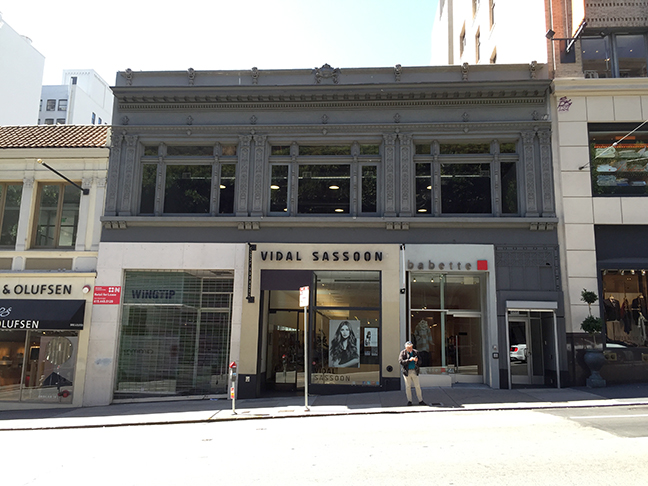 The building that once housed the Sutter Cinema
The building that once housed the Sutter Cinema
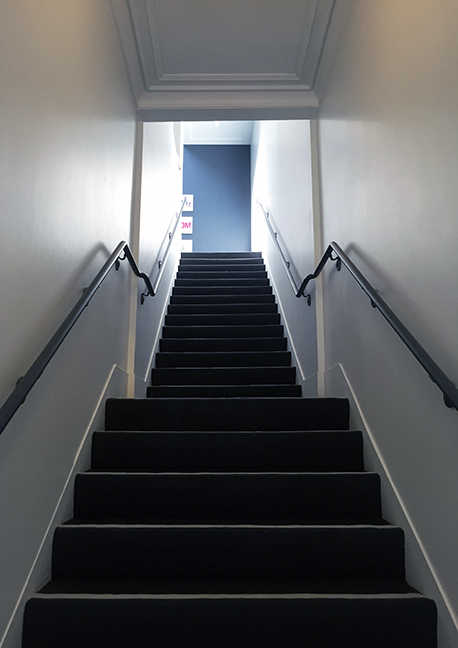 Stairs up to the former Sutter Cinema
Stairs up to the former Sutter Cinema
*
*
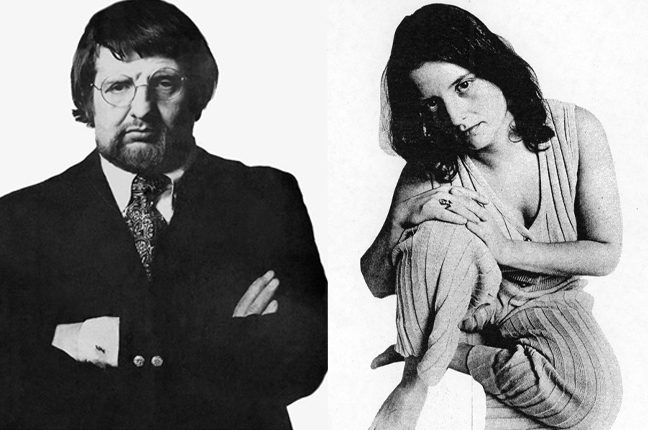
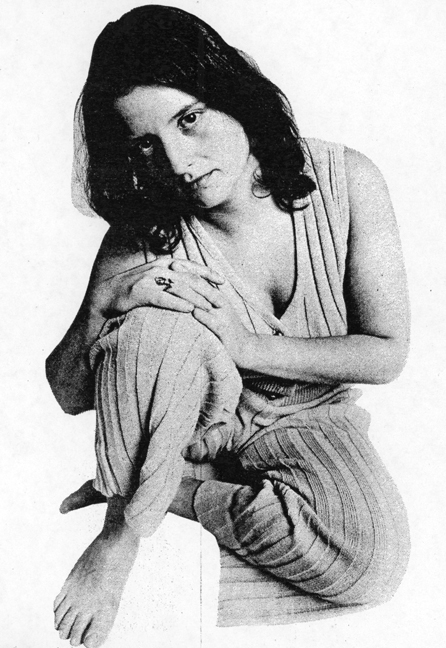
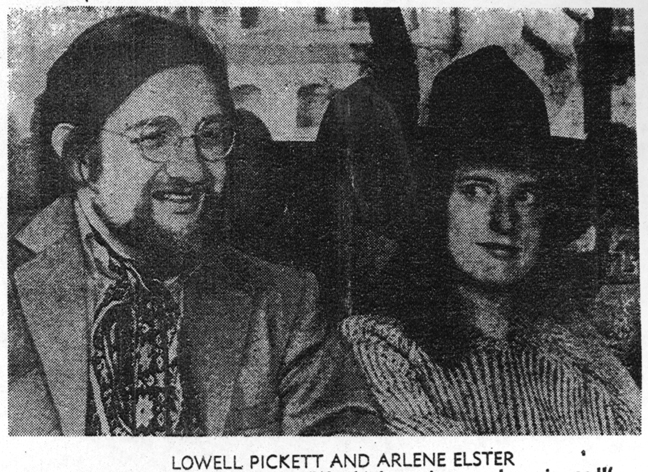
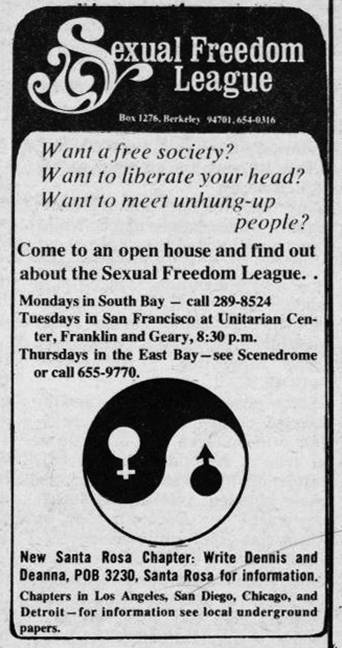
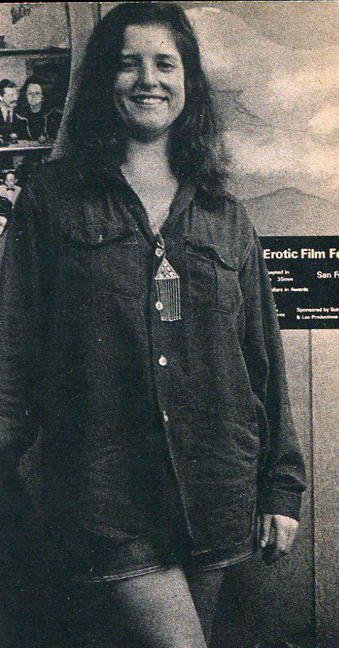
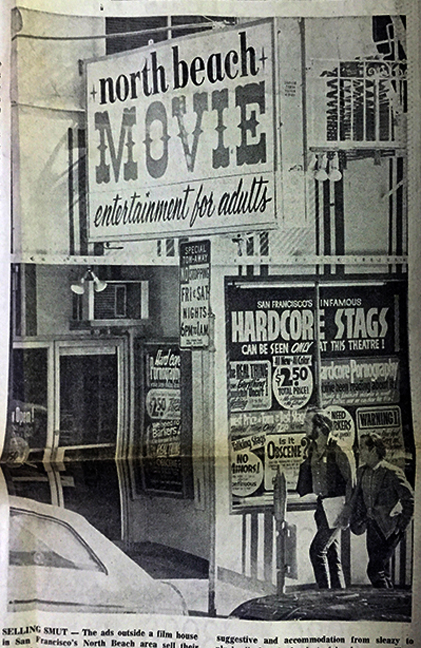
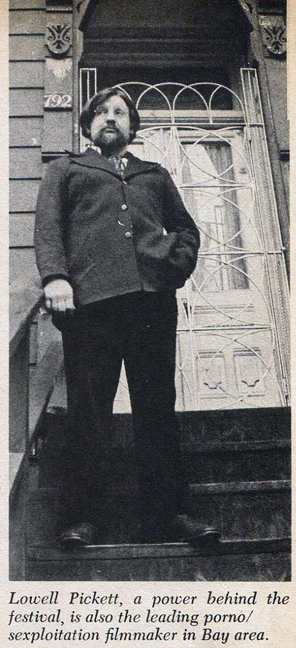
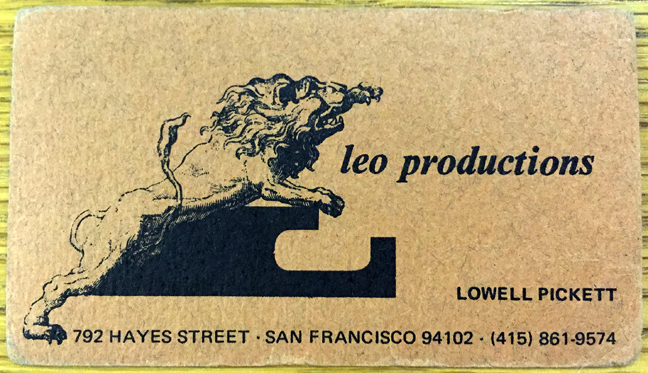
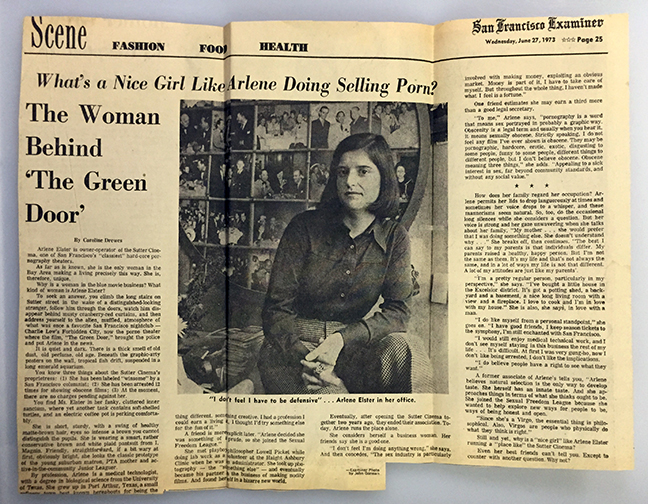
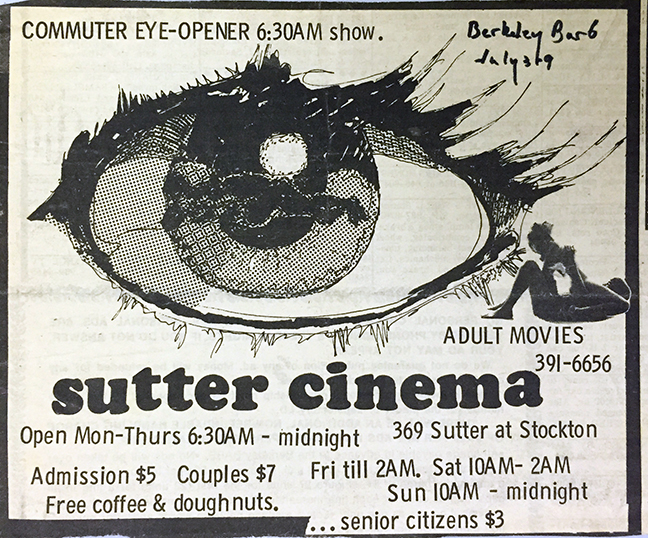
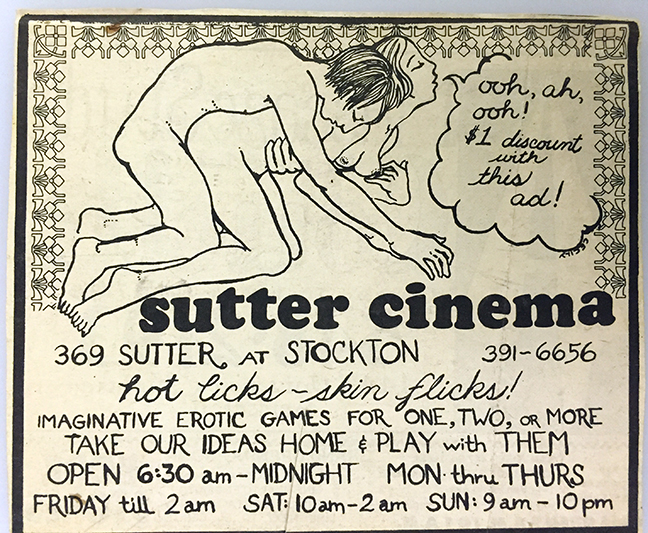
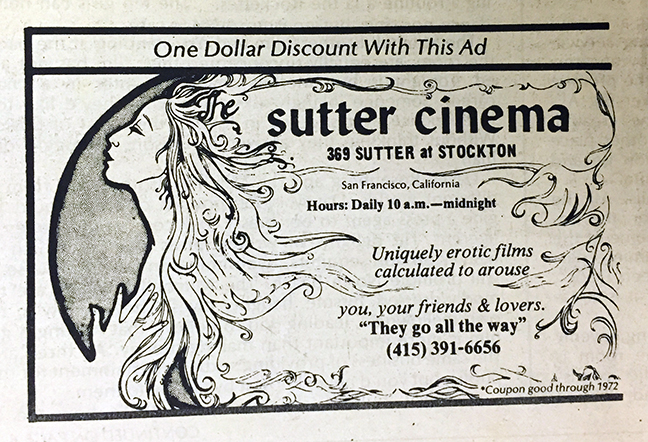
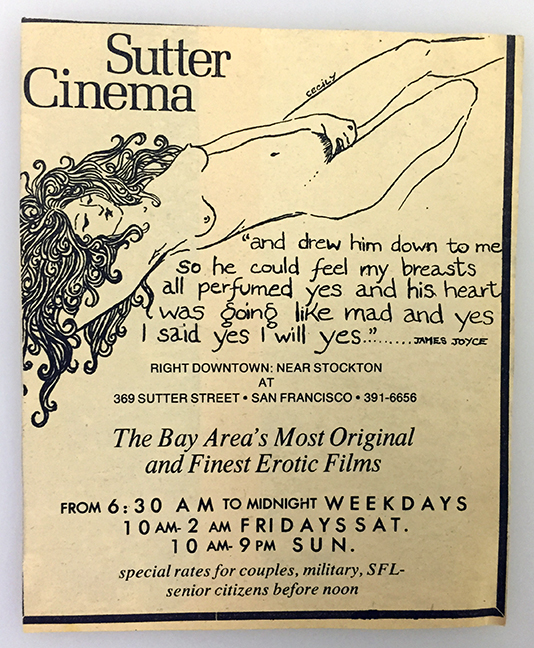
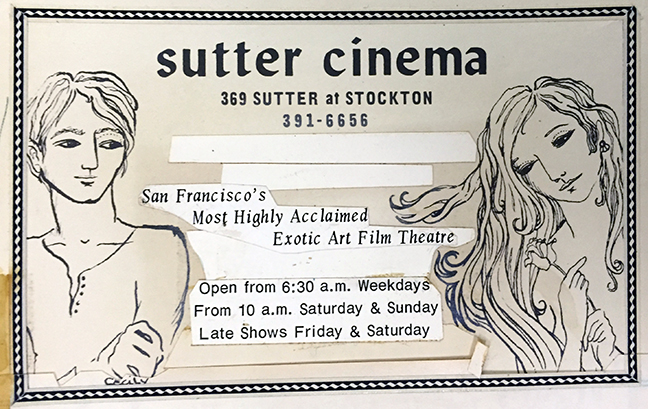
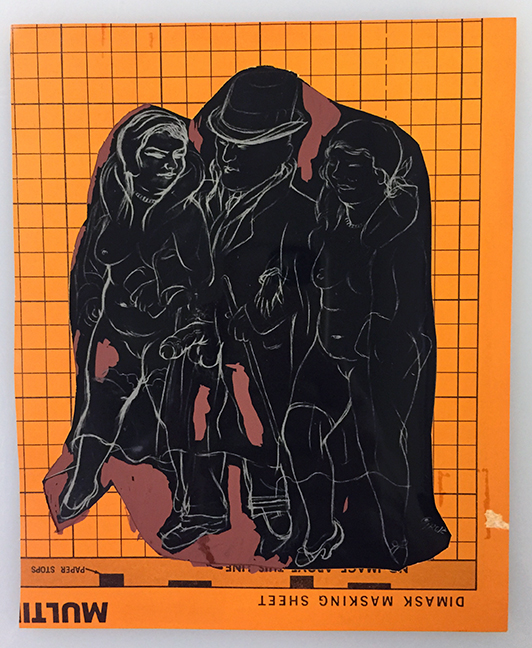
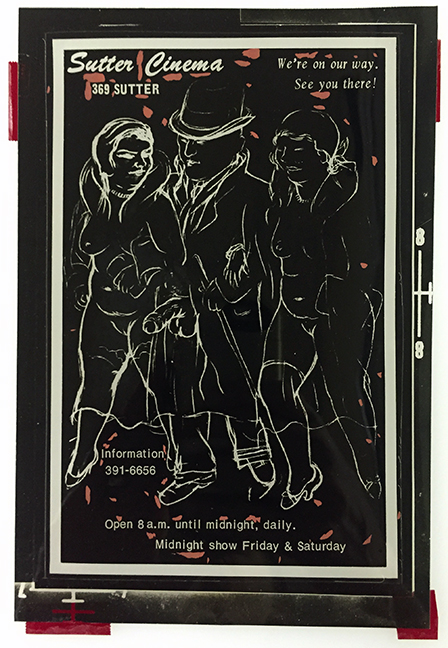
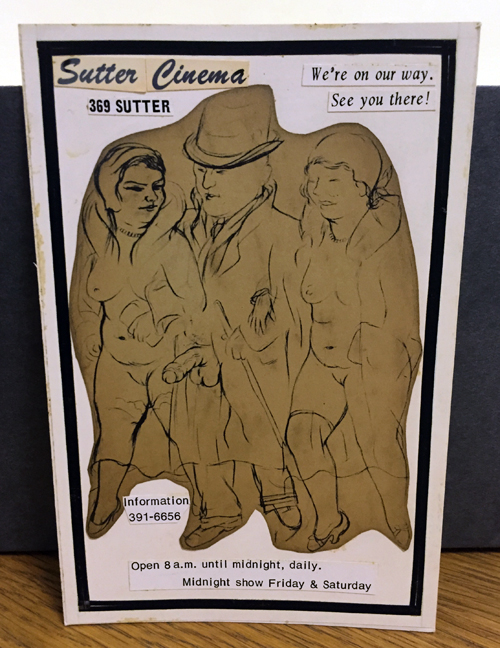
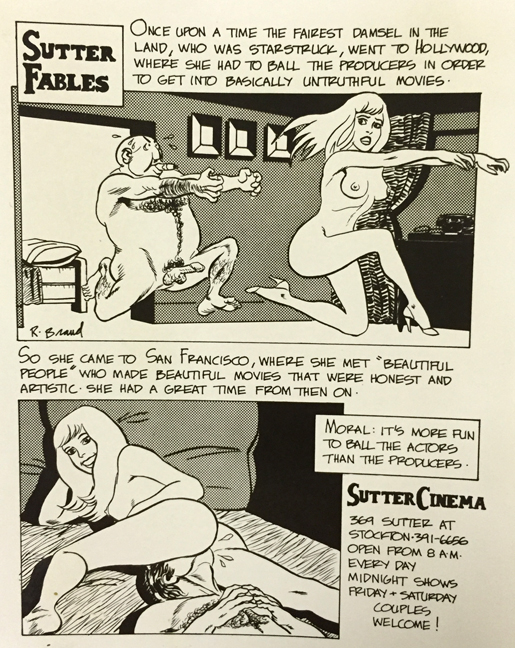
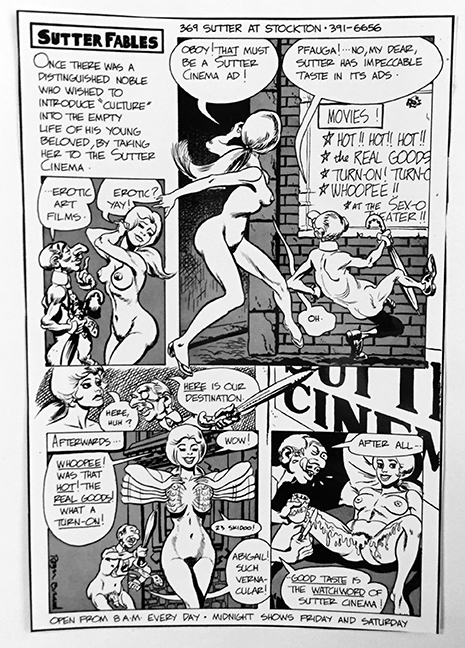
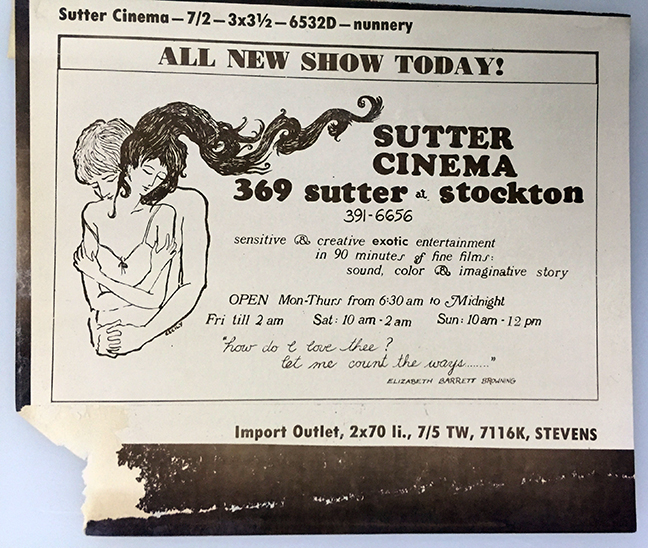
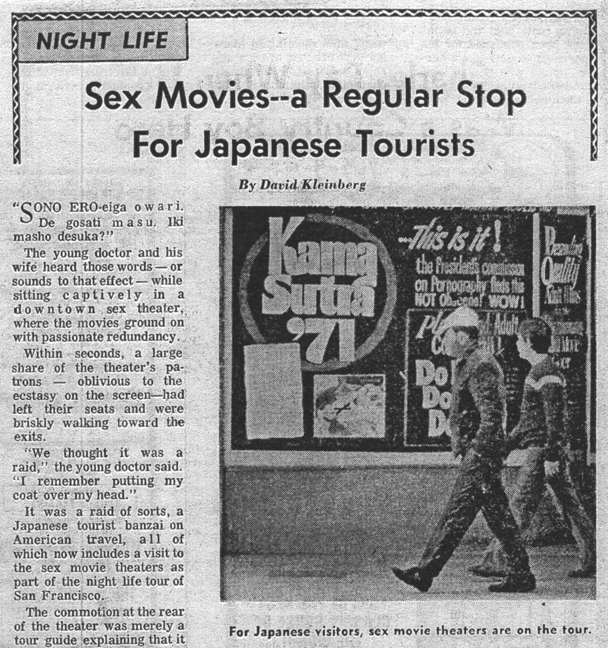
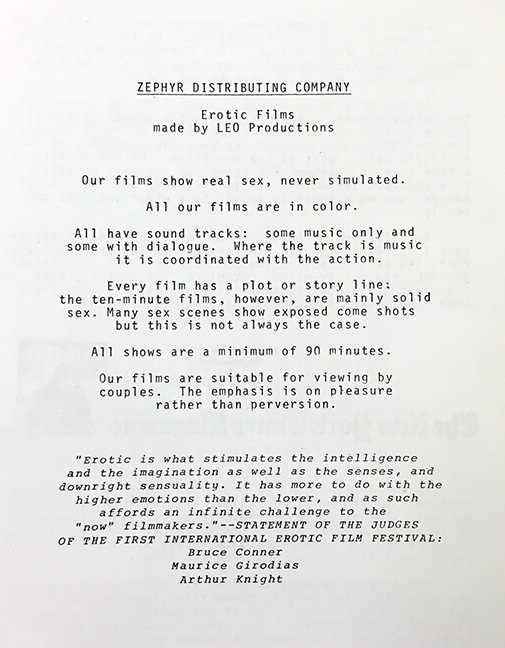
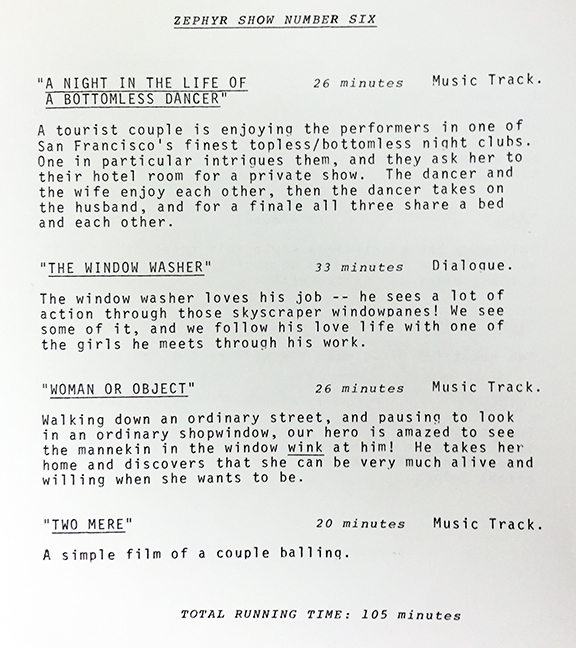
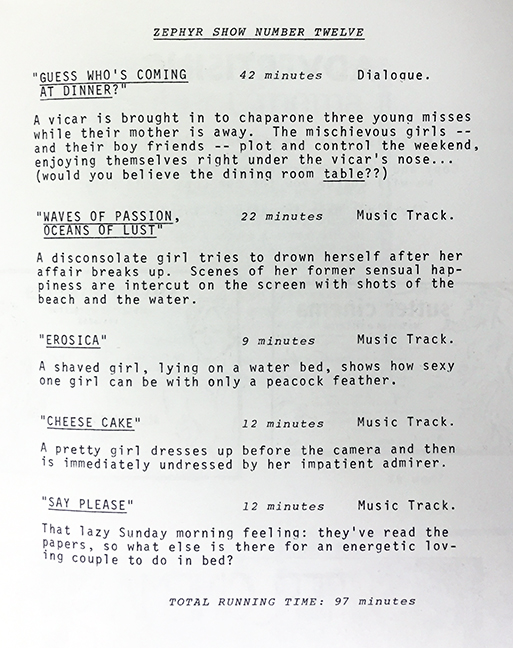
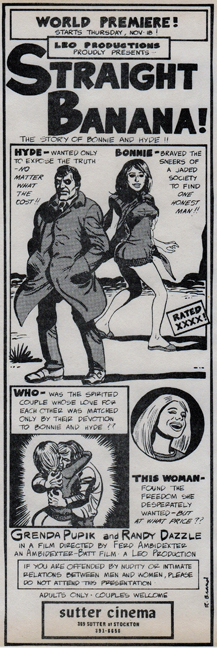
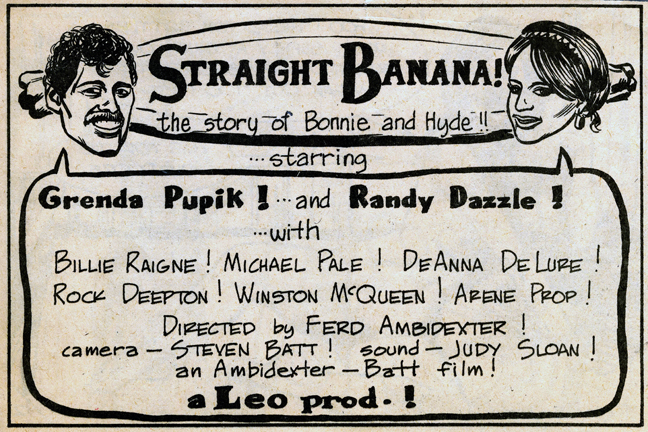
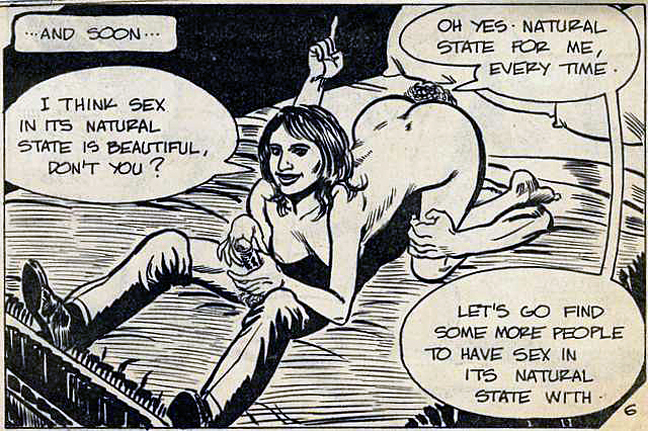
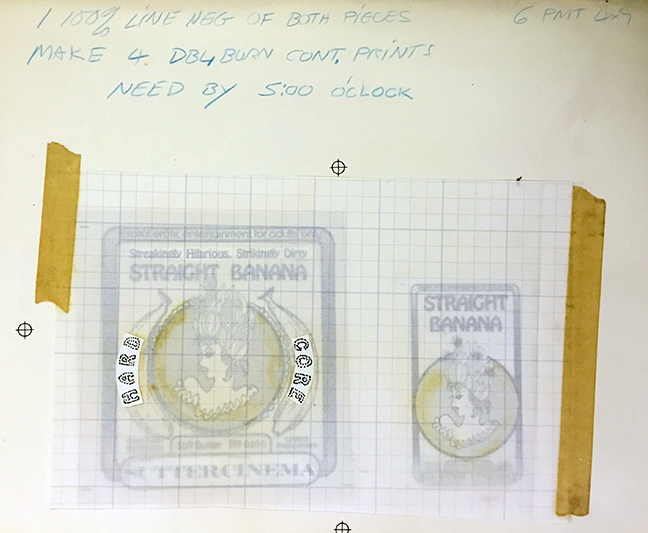
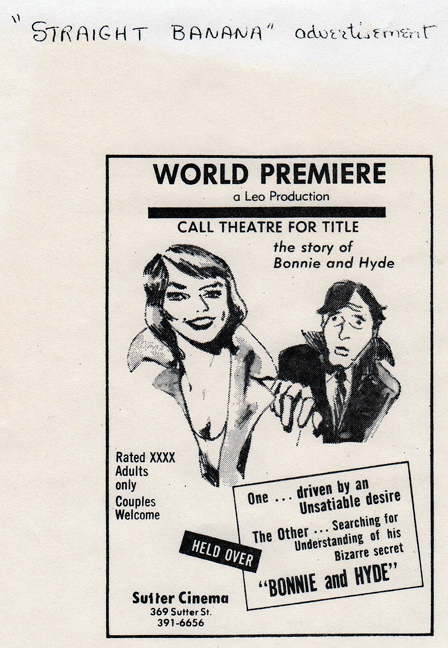
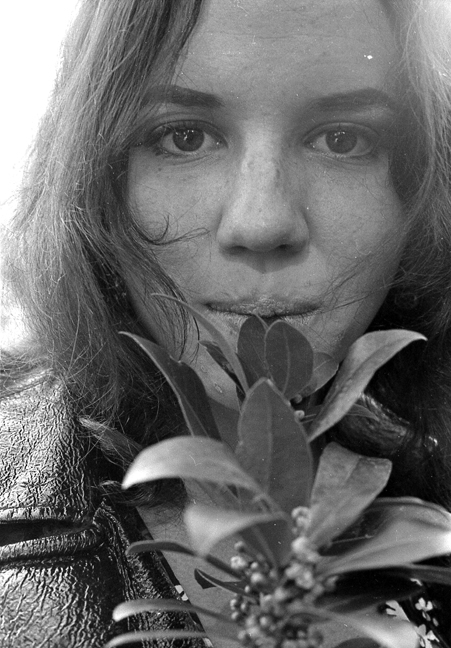
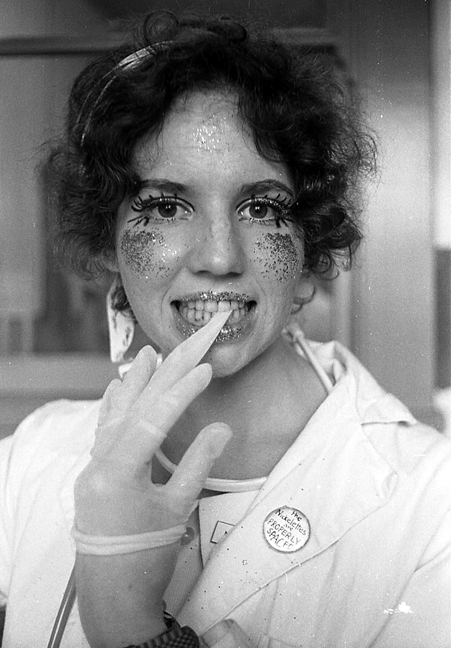
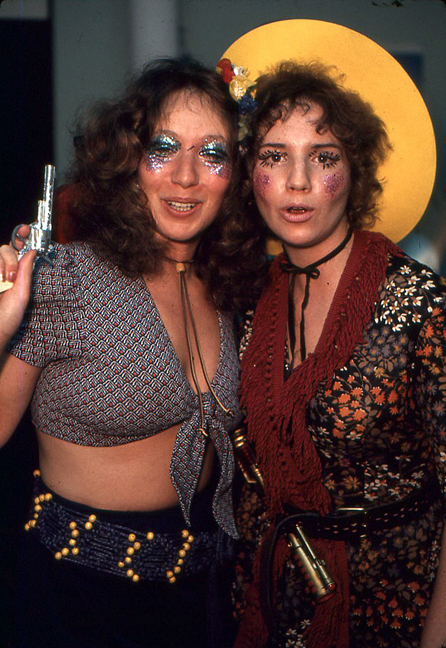
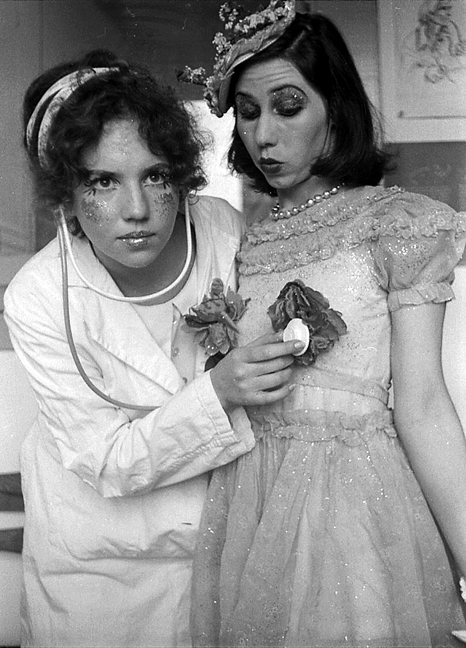
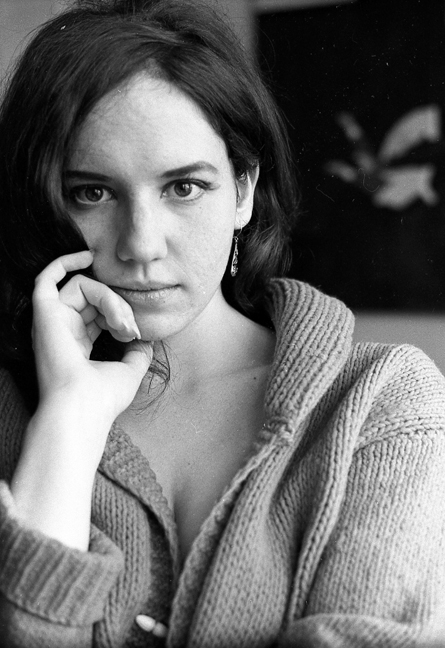
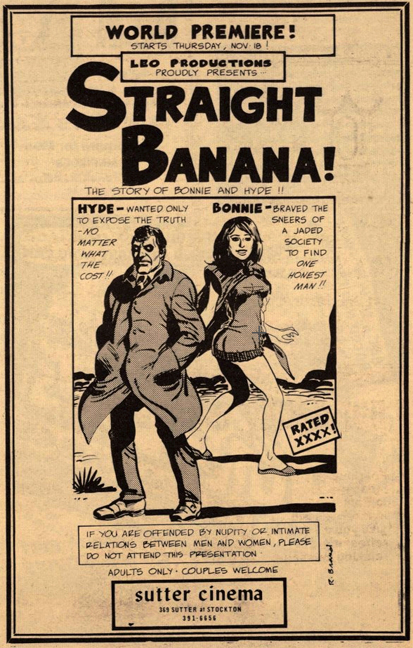
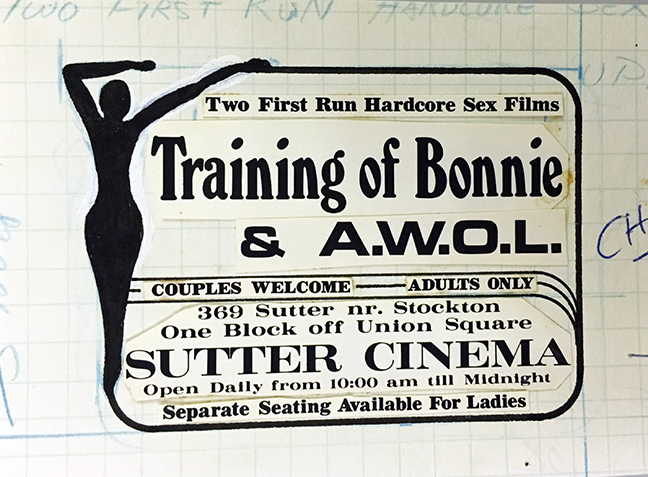
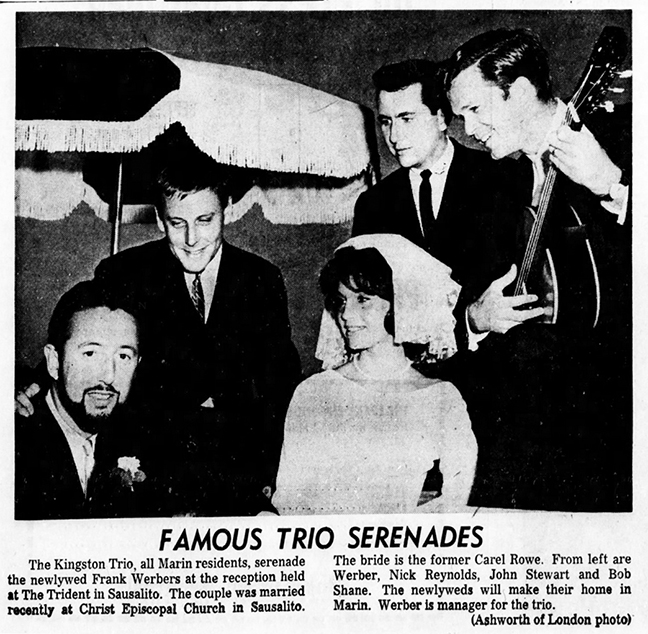
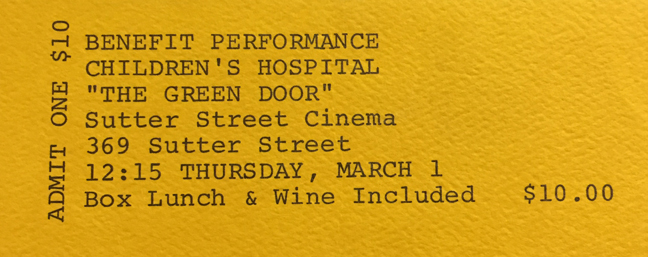
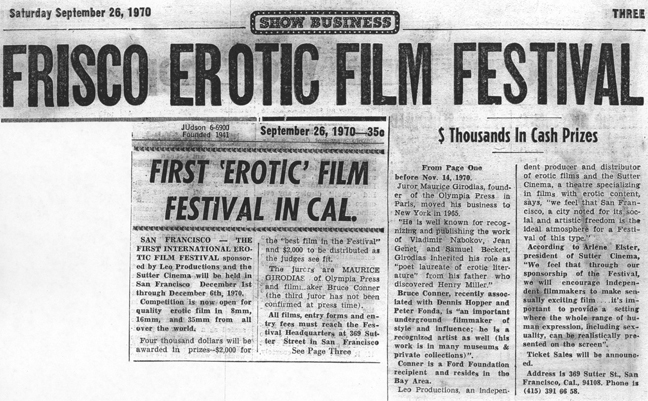
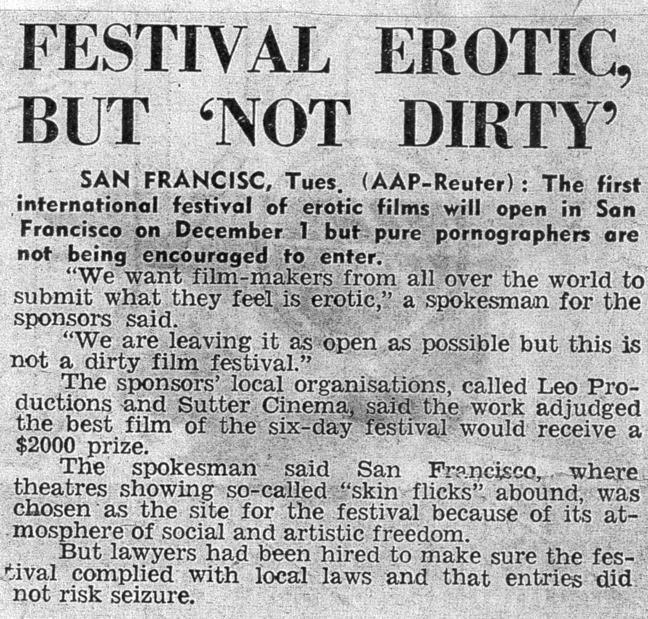
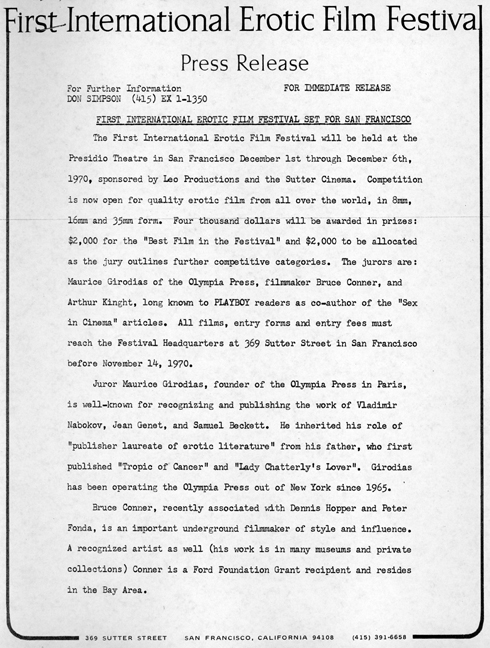
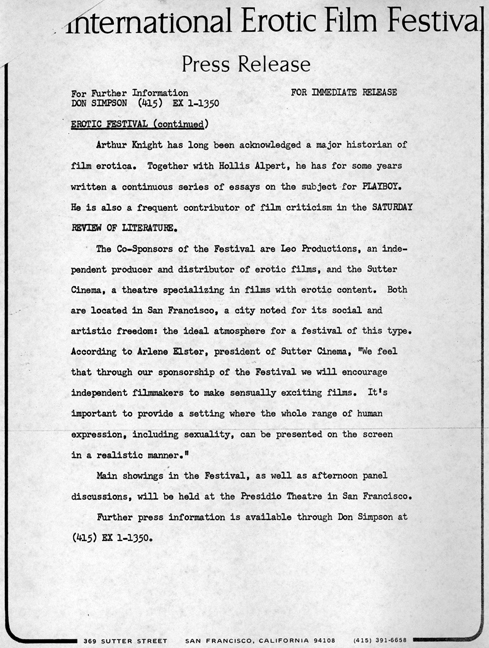
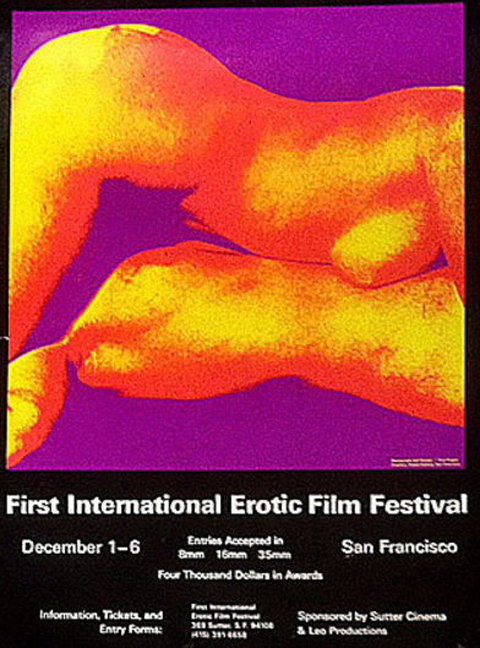
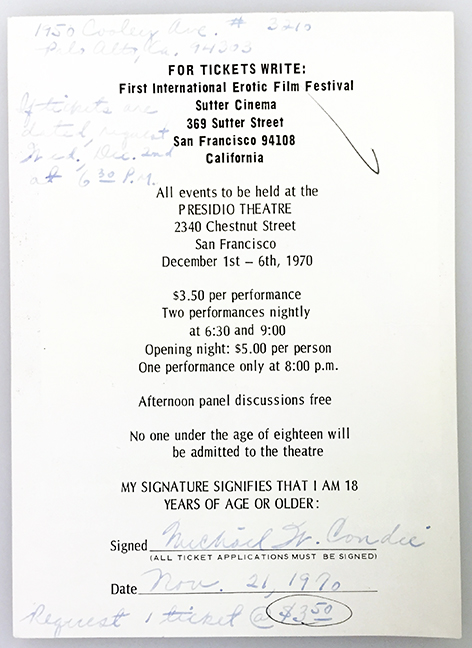
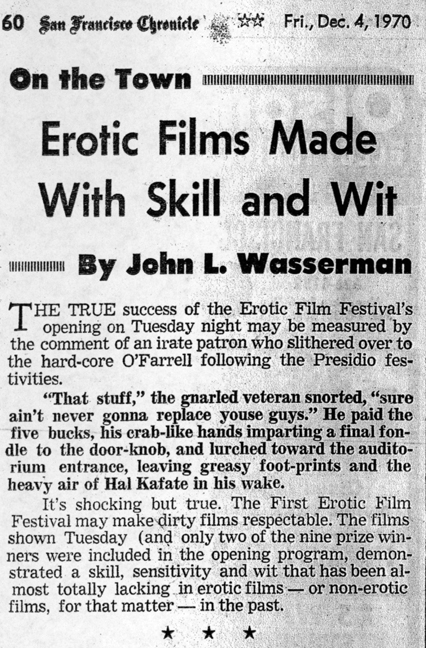
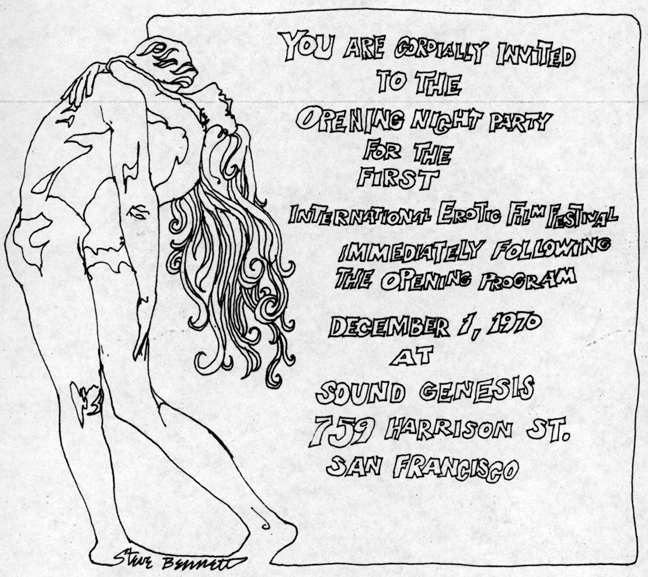
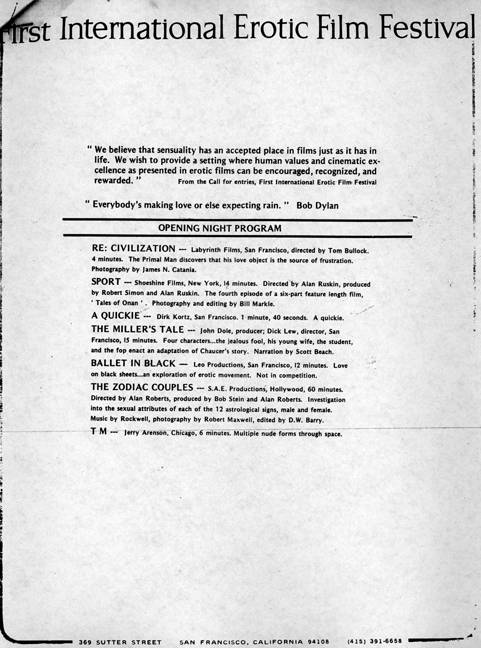
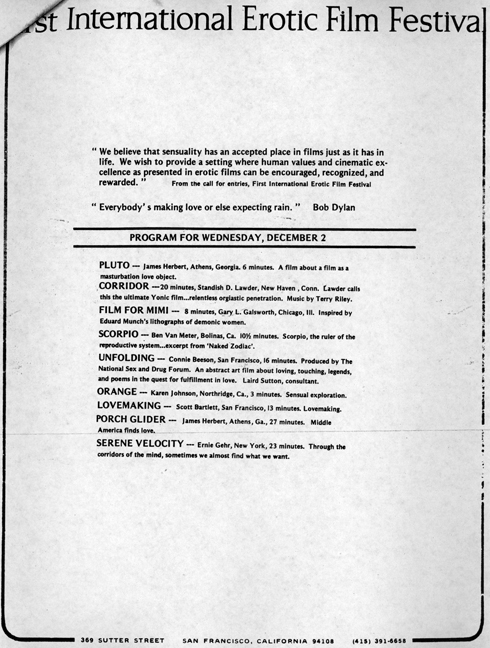
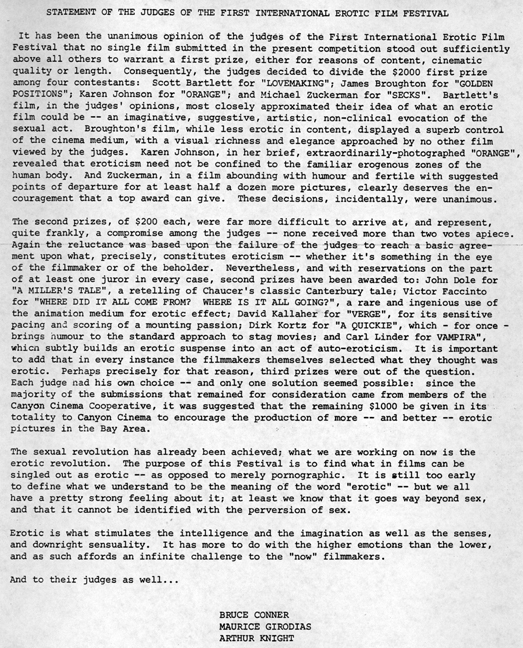
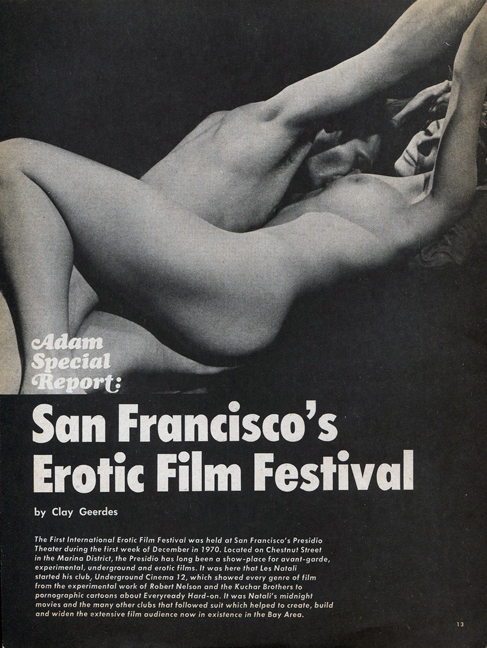

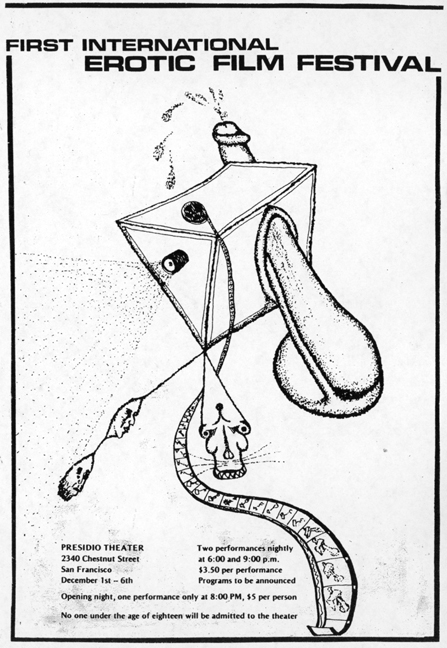
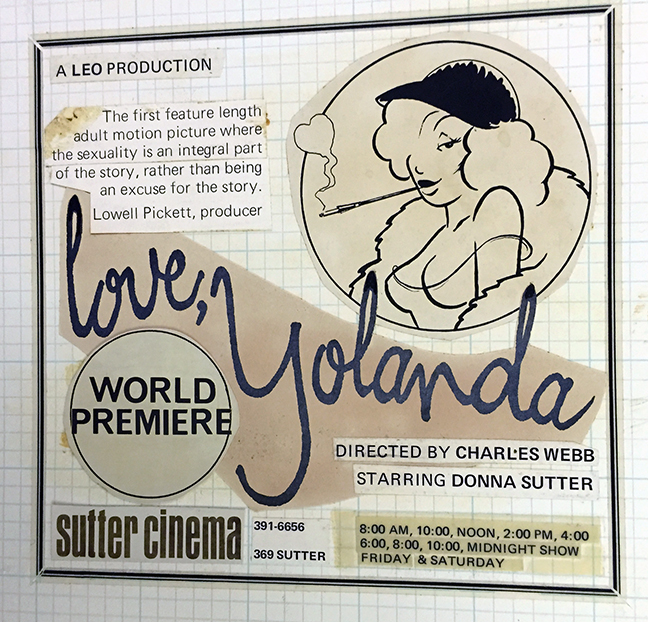
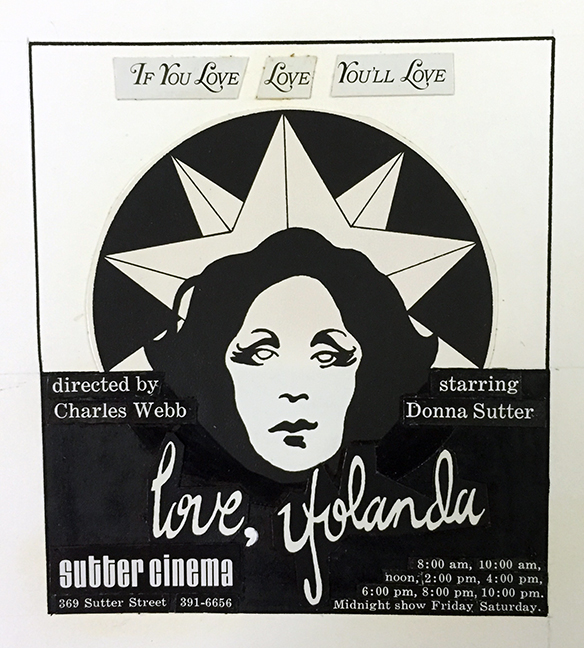
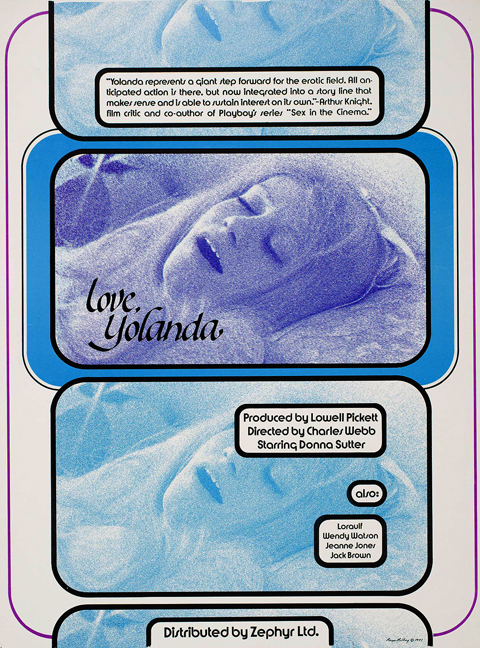
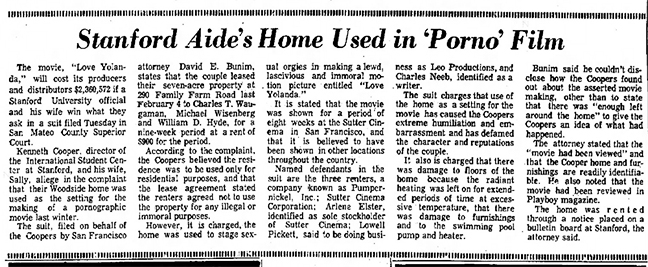
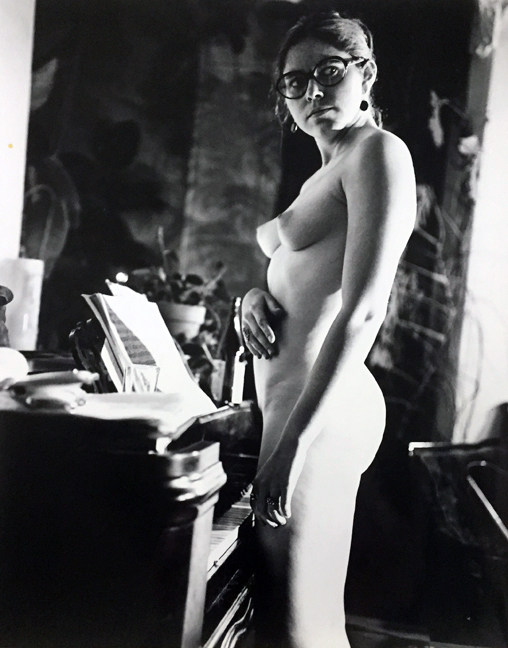
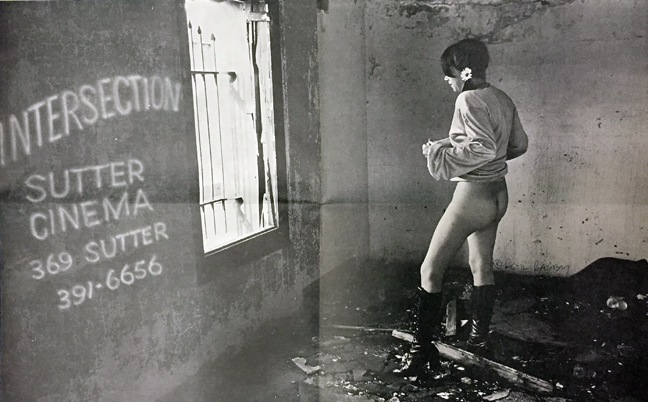
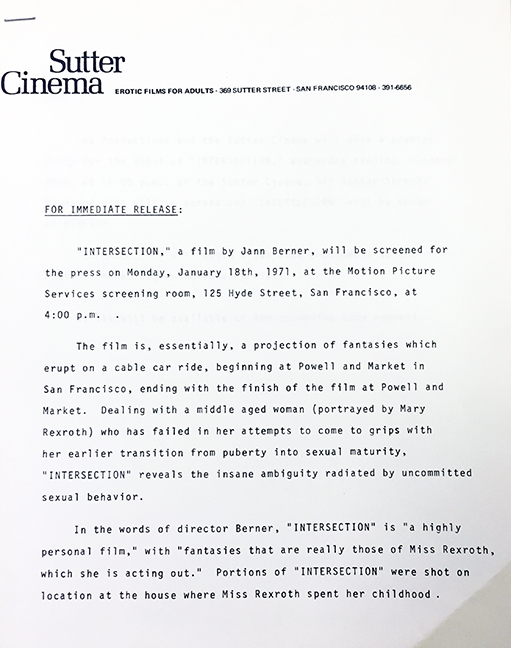
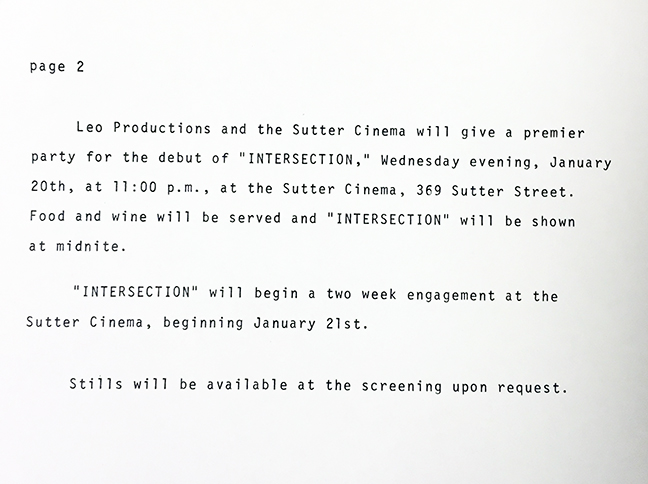
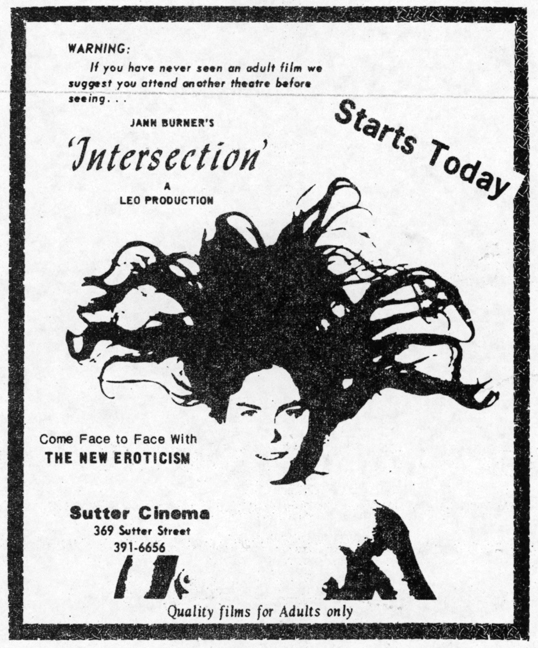
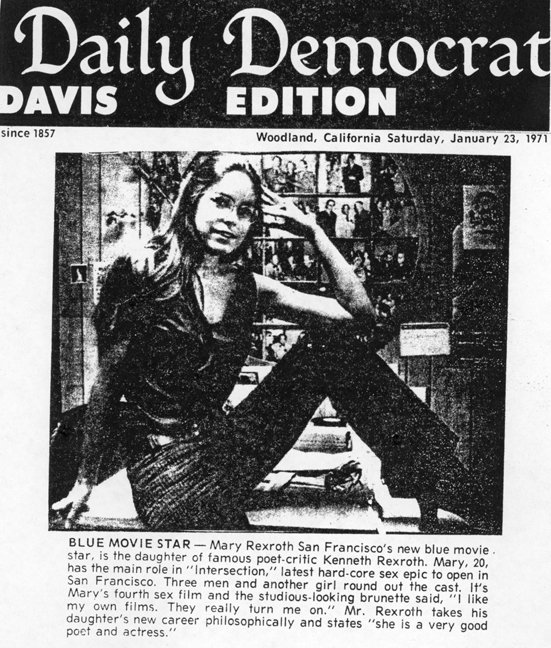
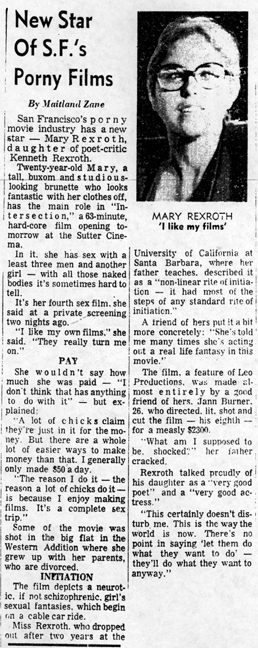
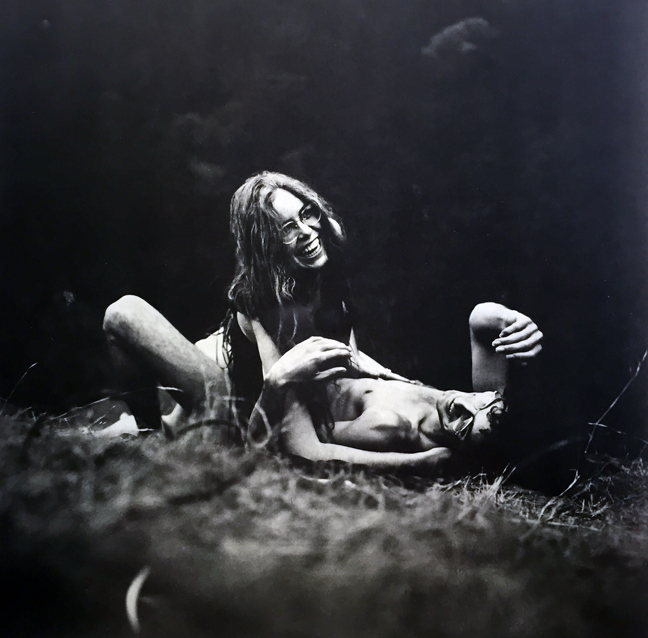
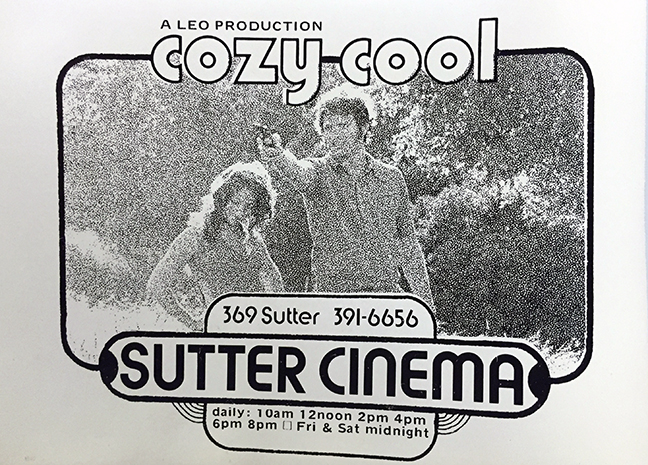
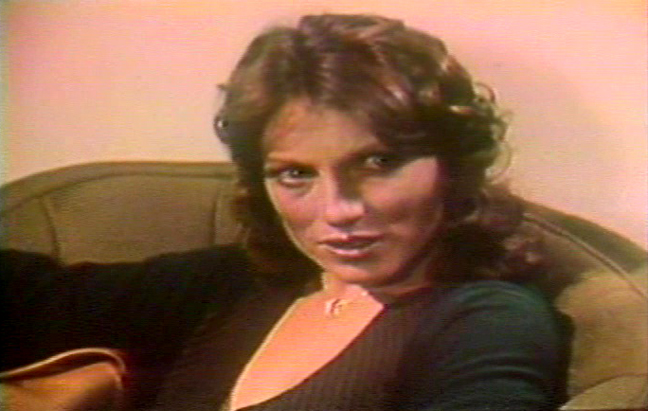
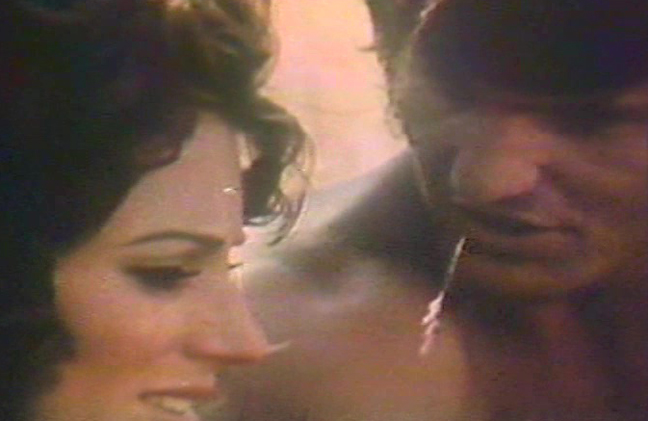
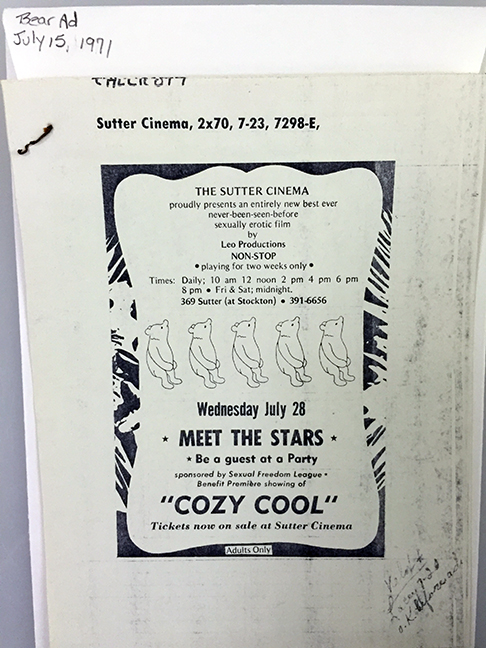
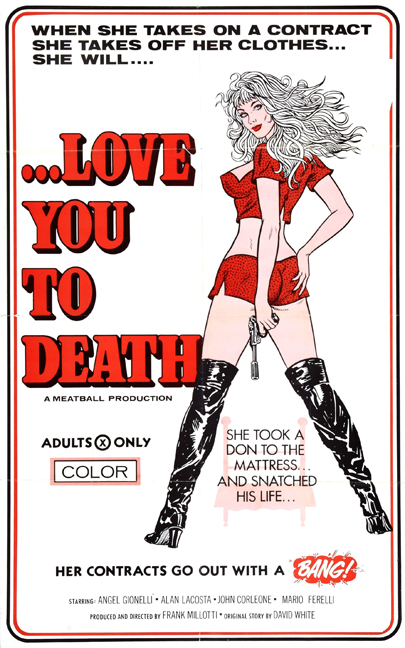
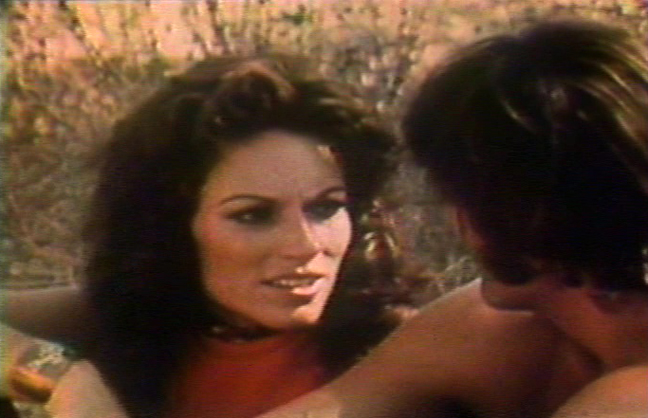
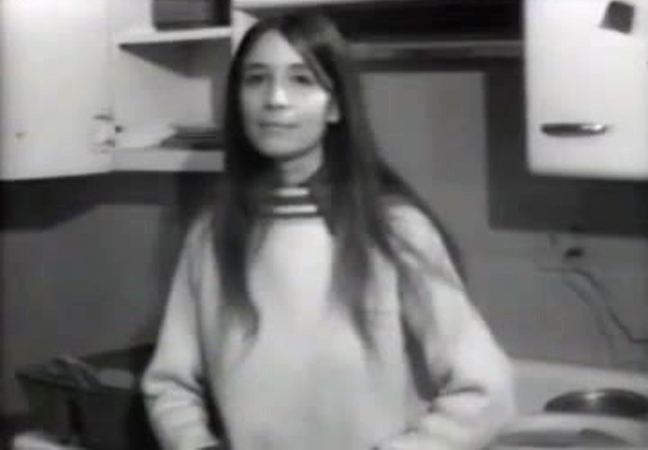
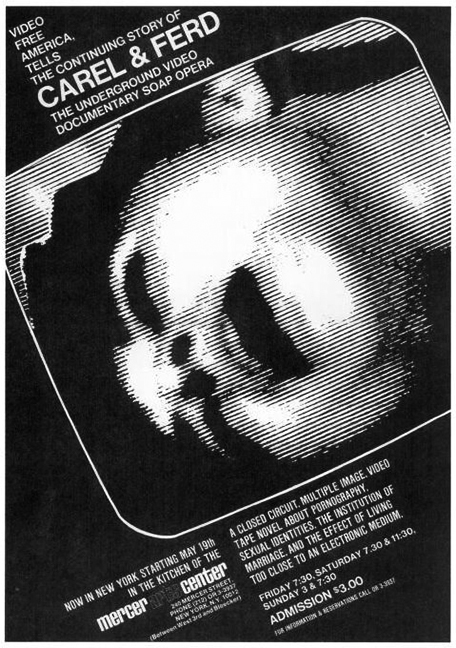
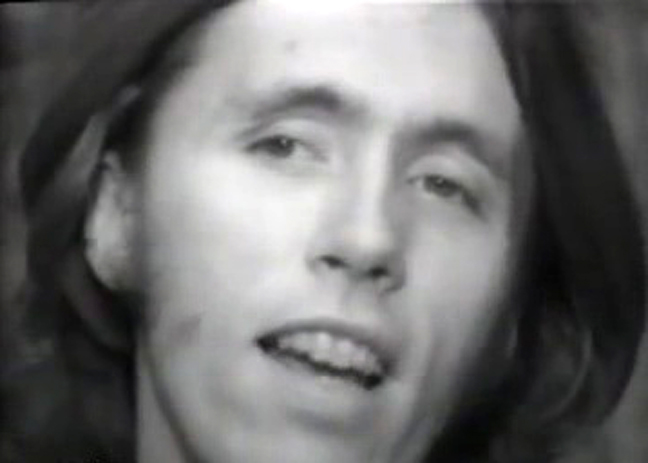
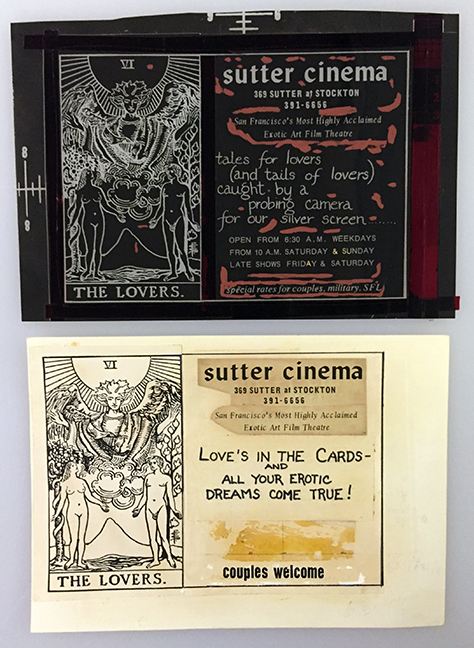
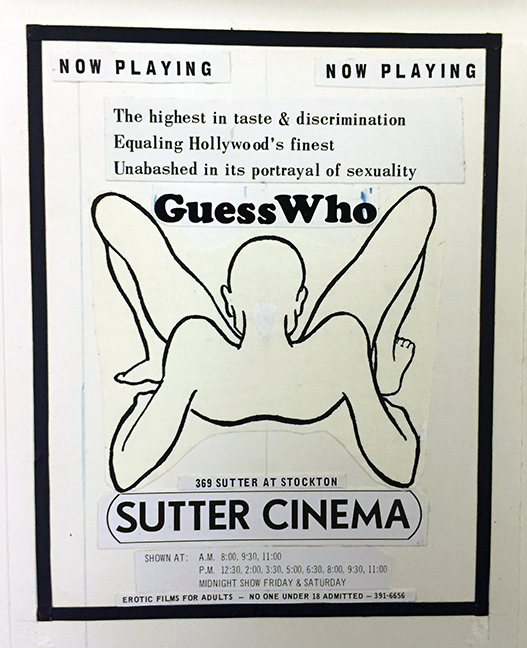
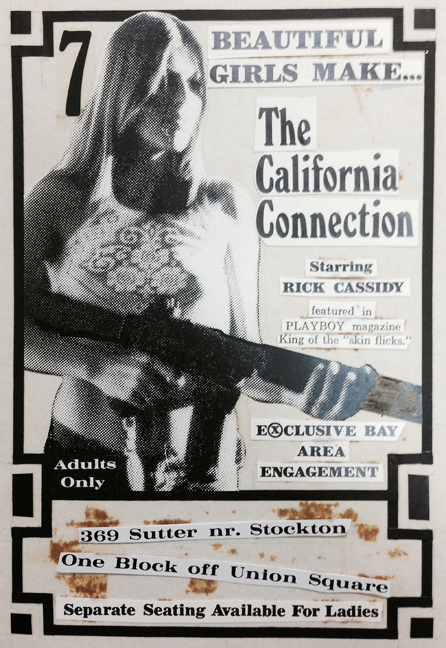
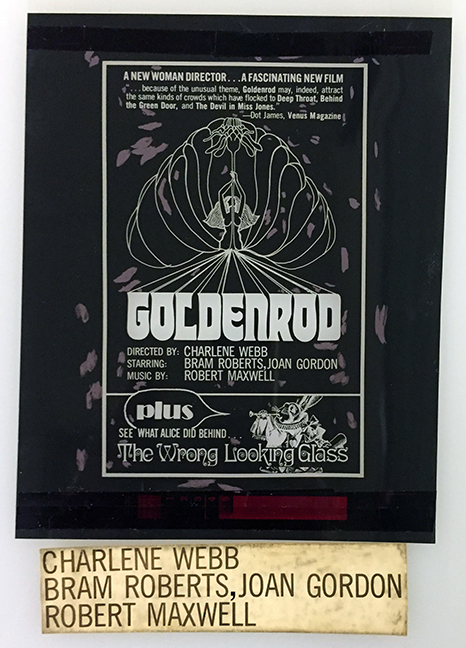
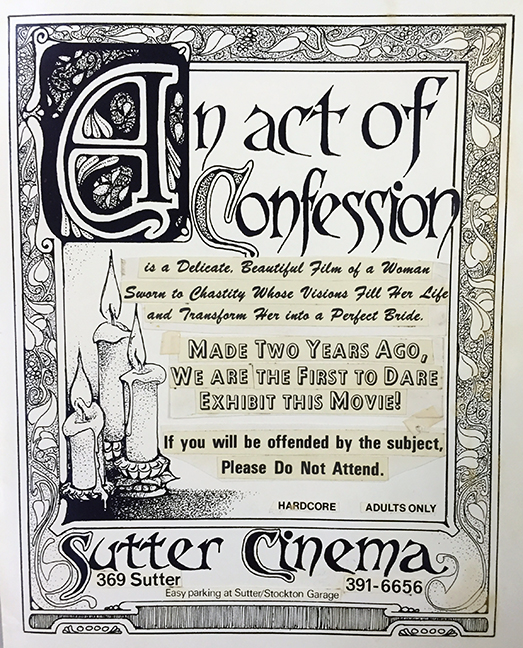
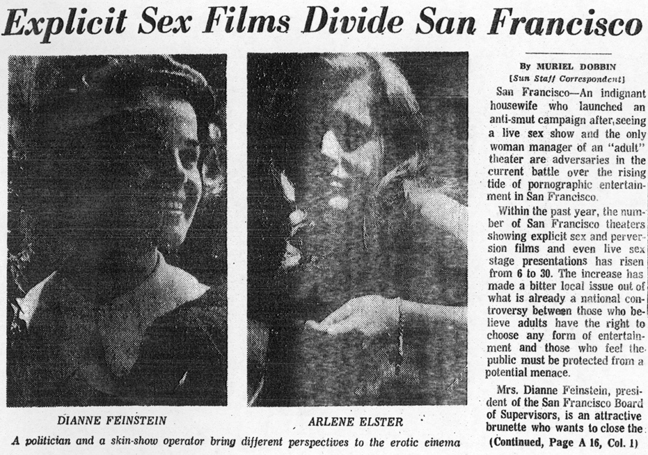

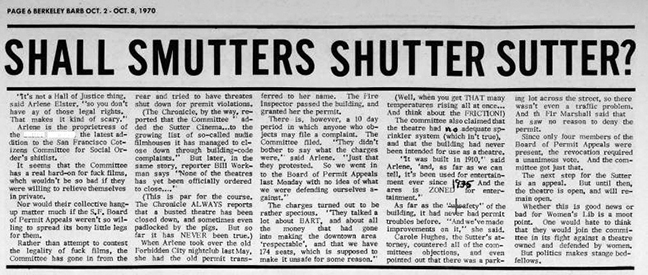
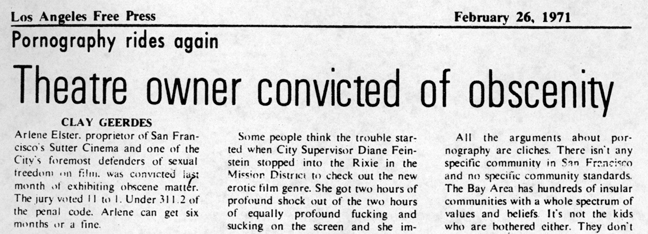
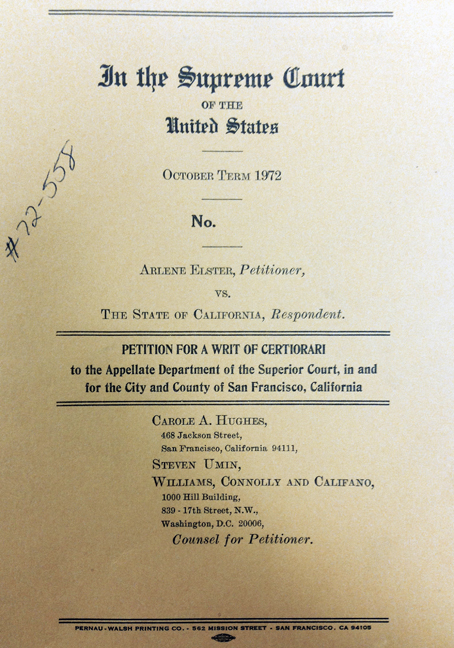

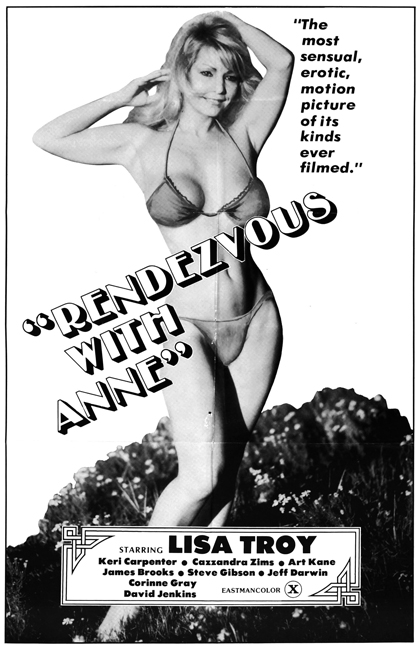
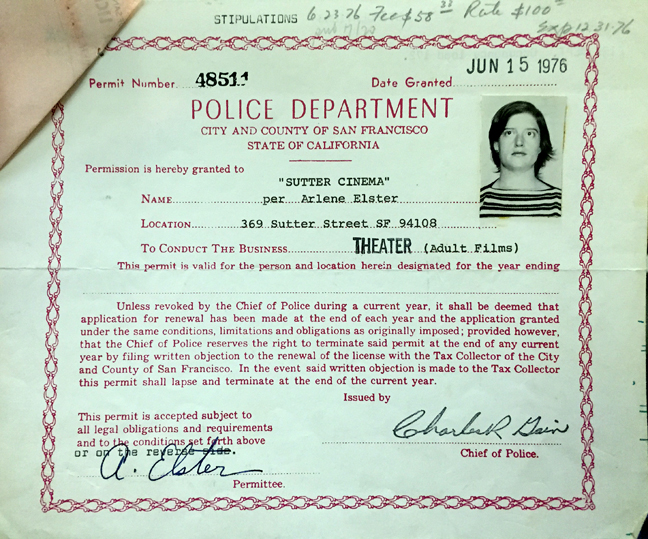
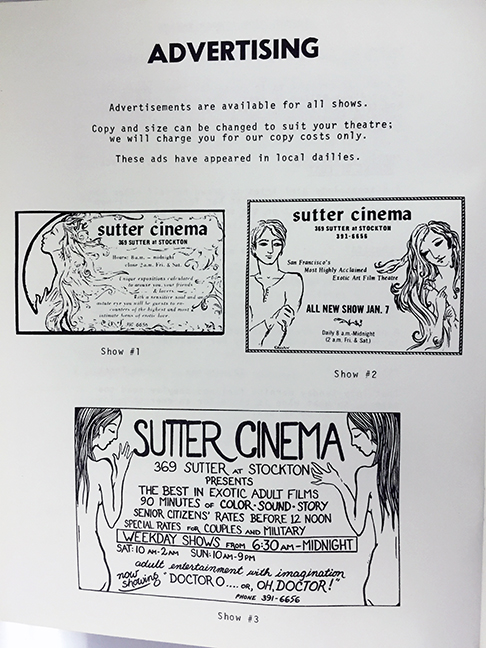



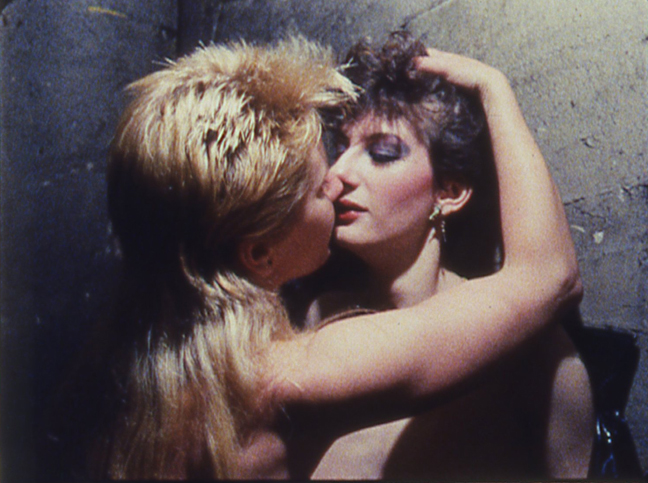
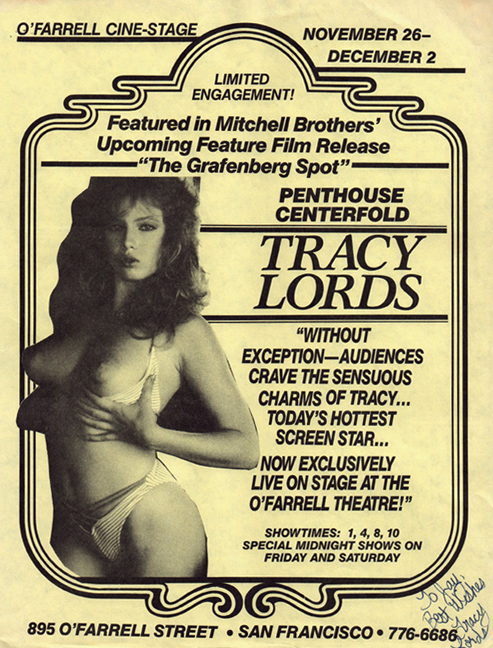
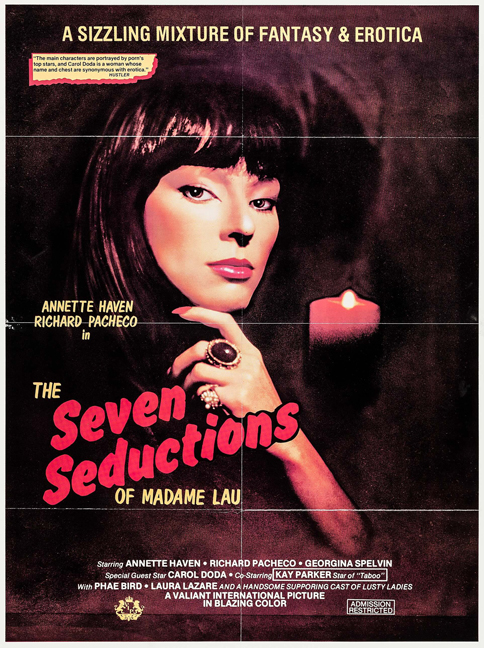
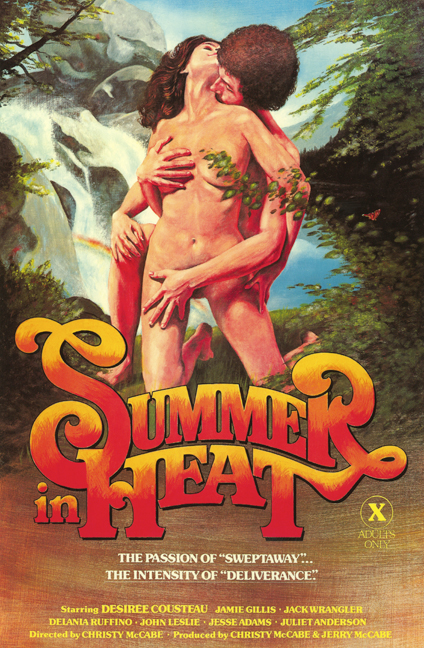

Love It!!!!!!!!!!!!
Awesome Article Keep Up Good Work Wishing Happy Birthday To Abigail Ratchford
This was a fantastic read, one of your best. I think I’ve said that before, but you keep on getting better. I know so little of this era, and here we have so many photos, backstories, interviews…more info on people and films that would otherwise be completely forgotten. In many cases the people who made these films are much more interesting than the films they made, but this is an instance where I’m sorry for the films lost to time and lack of care, as the surviving Leo films seem to get a positive response, even from some reviewers who have high standards.
The timing of this look back is impeccable, as we just had two weeks focused on Gail Palmer and her involvement in her films, and now we have a tribute to so many women whose contributions in fighting for artistic and sexual freedom are undeniable.
I watched Rendezvous With Anne a few years ago…I remember a scene where one of the women connects with a man who had just split with his boyfriend. We then get the old tale for this era (he was now gay because a woman had broken his heart). In later years, if this type of scenario had happened, you would have had a very straight porn star, well known to viewers, wearing a pink shirt and lisping before magically getting into 30 sexual positions with a woman that go on for 30 minutes. Here, there is a believable tenderness, and no interest in a gonzo narrative.
You do have artistic adult entertainment now, but the world which Elster tried to cultivate is still so difficult to find. I hope more people learn of her story and try to create that more subtle (and yes even softcore, whatever’s left of that genre these days) atmosphere, if it’s still possible.
Yet another HOME RUN by the dedicated historians at The Rialto Report!!!!
I know that time takes its toll and can not/will not stop for anyone, but I feel HORRIBLE when I read here that the subjects of your engaging reports are dead or have died shortly before your reports are posted.
Thank you for wonderful public service!
– Chris Flash
I just started reading this, and couldn’t figure out why Ms. Elster’s name was familiar…and then I got to the part where she introduces herself in the interview. I bet Janis would’ve been super-supportive of her efforts, had she lived to see them.
This story is absolutely amazing, while also being delivered with perfect timing. I recall needing a break from the intensity of the Mitchell Brothers Live Shows once the rawness of “New York Live” exploded on the scene. Under Lowell and Arlene’s ethic of care, the Sutter Theater offered a kinder, gentler version of the lap-dance/sex work in general.
However, “Kinder/Gentler” rarely generates ticket sales or box office success… I performed at the Sutter on the day of its final curtain. The public (both men and women) came in droves to bid farewell. A million years later, I remember that day, while also questioning why the same patrons didn’t show up for daily support?
Kinda know the answer, but want to hold it close by my heart.
Expressing Love and Gratitude to the RR Team. You embody Lowell and Arlene’s ethic of care… SO special and so deeply needed in this crazy universe that we now inhabit.
Hi TC,
Did you know Bonnie Sue Solomon? If so, would love to talk or email.
(her son, Norm)
I never thought I’d see Walter Lantz’s name in this blog!
Another fantastic Rialto Report chock full of history.
I would love to hear more about the preservation side of the erotic and pornographic films of the era, and especially if the Carel and Ferd video project survived in some form.
An *impressive* level of research went into that…bravo! Per IMDb, it says “Intersection” is lost to the sands of time because the film elements rotted. That is downright tragic.
Man I really look forward to reading these stories. Just unbelievable. It’s easy to see why so many pioneers of the industry would want to have their stories told by you guys.
Hi Whatever happened to Maria Arnold? Is she still alive?
Have you even tried the search box on The Rialto Report homepage….? You might want to try that before asking questions like this. Just saying.
Dude – Maria Arnold was interviewed a few months ago. Check the site first.
https://www.therialtoreport.com/2022/01/30/maria-arnold/
Thank you for this piece, Ashley.
I knew about the Mitchell Brothers but not about Arlene and Lowell.
Their story was very interesting.
I would be great if you could turn all these amazing articles into podcasts too, for those of us who have visual handicaps. Such incredibly well written histories!
Great interviews – as always! Fine detail, with candid recollections from the actual participants themselves. This is important research, as it helps document areas of the culture that many may shy away from, for whatever reason. Sadly, this leads to the loss of so much valuable history.
“Copenhagen was happening and Amsterdam too at that time. ”
In 1967, Denmark repealed their obscenity laws, liberalising the production and distribution of written hardcore pornography. In 1969, legalization of pornographic images and films followed.
Copenhagen was host for the “Sex 69” Sex Fair in 1969. Probably the first in the world of it’s kind. The Sex Fair drew worldwide attention and a lot of tourists.
This is interesting. When I was a stripper in the early- mid-80s, working at the same San Jose CA agency as Billy D and a couple other, lesser-known porn performers, I did couples dances at the Sutter Street Theater. Sometimes they were more simulated sex scenes. Anyway, I didn’t know the place was called Cinema. Maybe it was a different venue as I also don’t remember climbing up a flight of stairs to get in, but it was 40 years ago so who knows.
I was fairly close friends with Arlene z’al in the last decade or more. I was wondering why she wasn’t responding to my phone calls. Thanks for all this information. She had mentioned her Sutter Theater days and her Supreme Court Case, but I didn’t know all these details until I read them here. Anyway, Arlene said the Theater was firebombed and burnt to the ground and she didn’t have insurance.
I knew Arlene z’al before she met Frannie and before the nursery on Todd Road. We met through a mutual boyfriend, who is not mentioned in this article. I was worried about her the last few times I saw her. I was concerned about her good judgement last time we spent the day together. It made me wonder what happens to childless seniors when dementia sets in? Thanks for the news.
dear Robin,
Arlene and I knew and loved each other in the early 70s, but lost track since. I never forgot.
I hope this reaches you.
michael